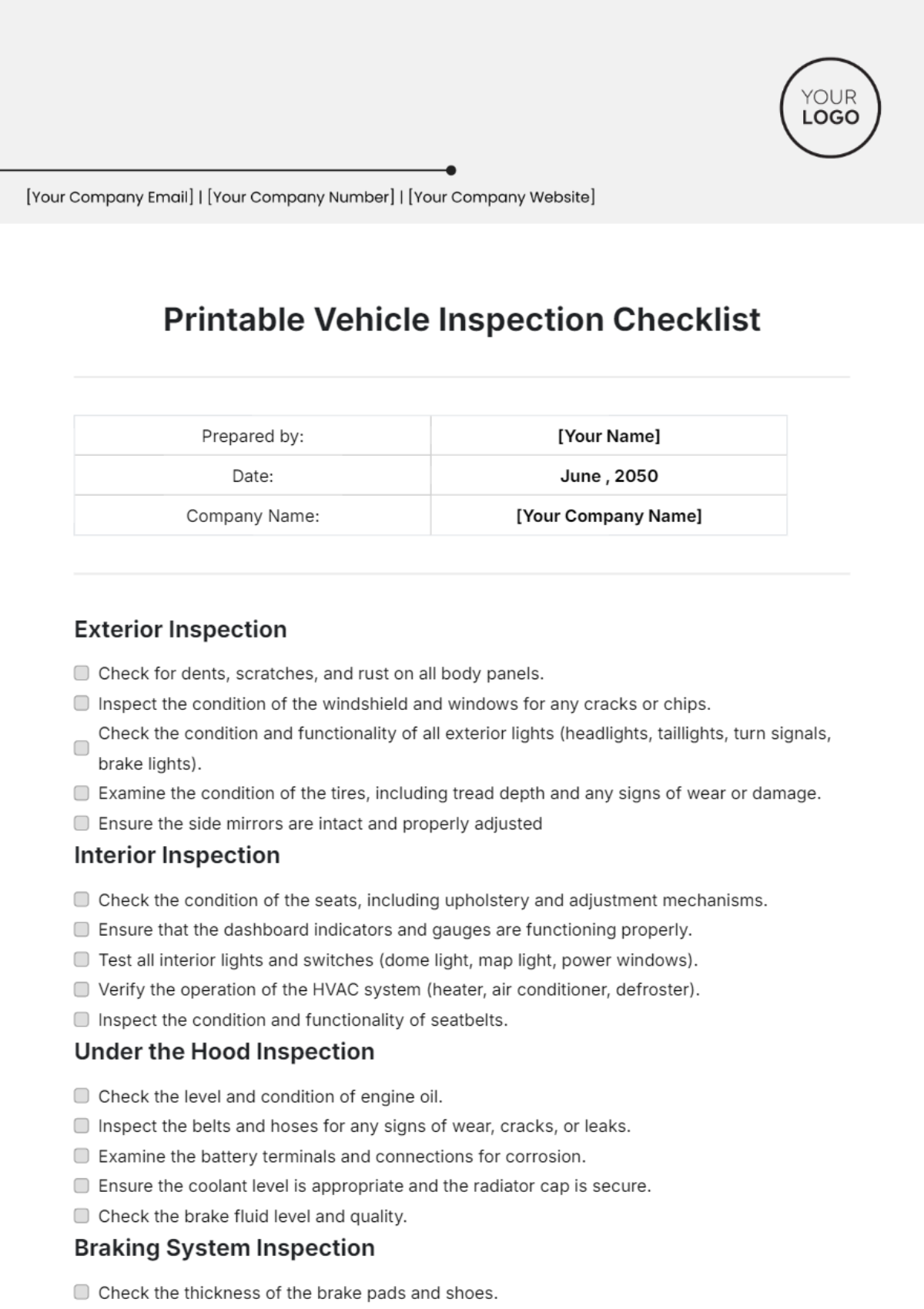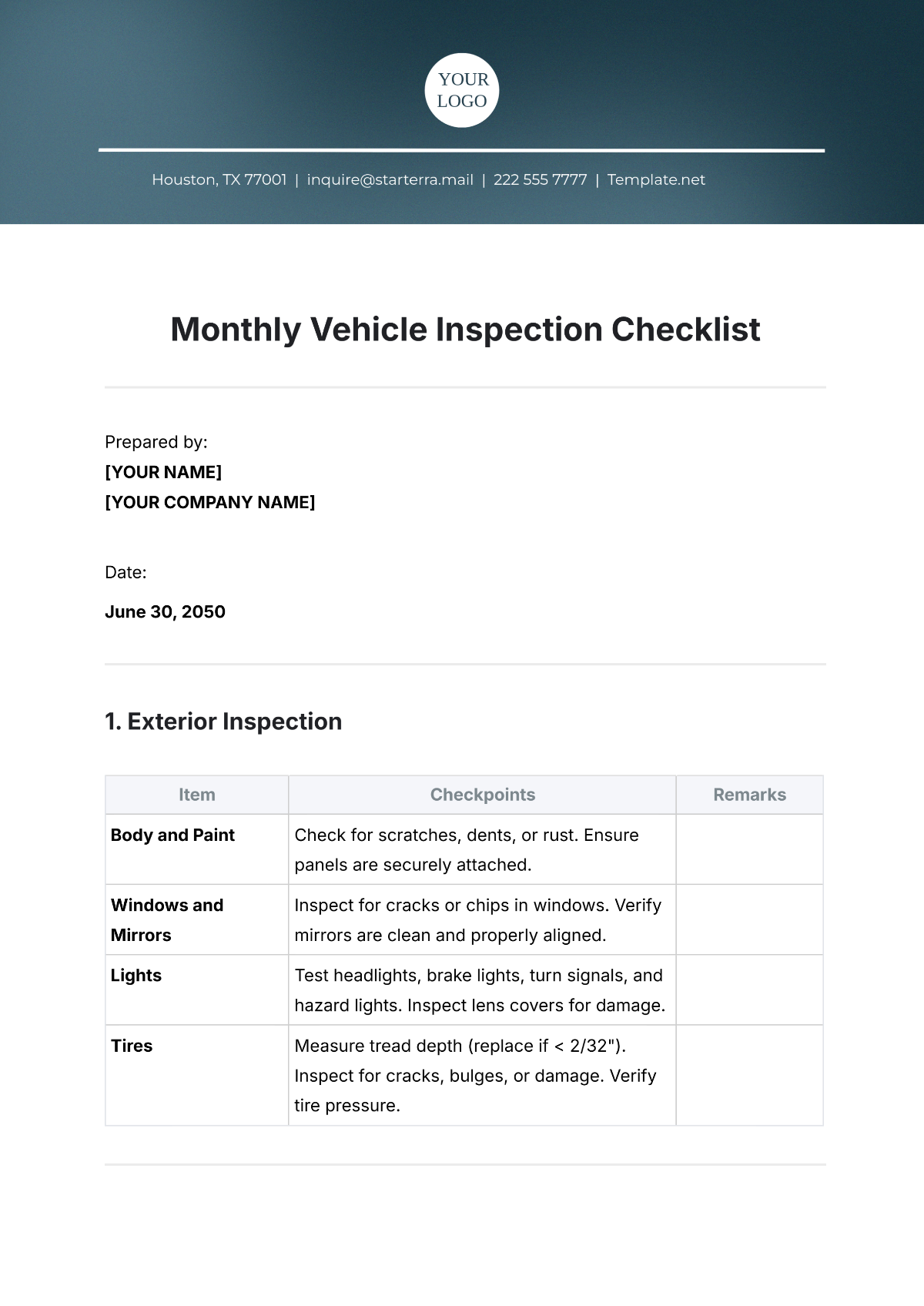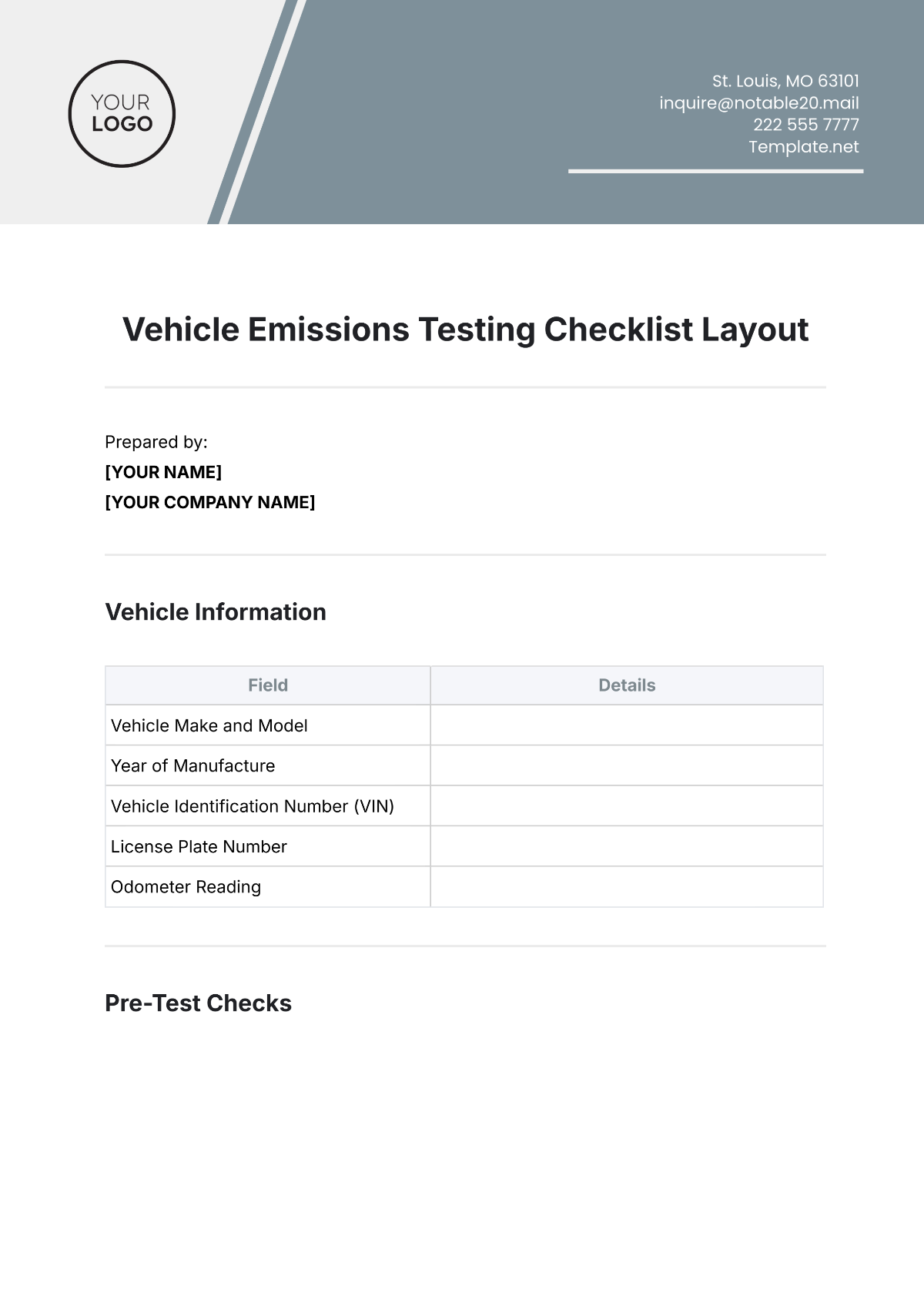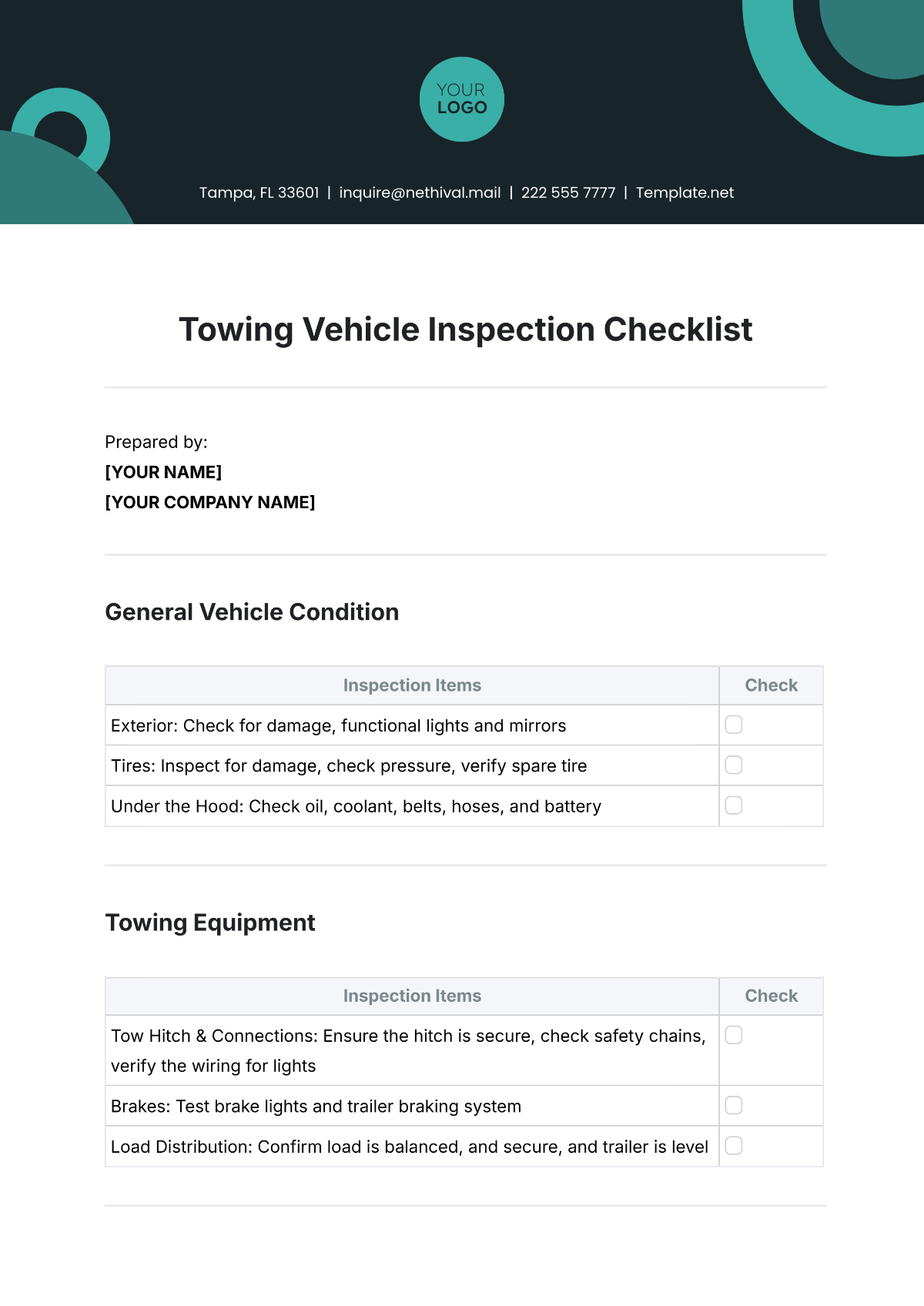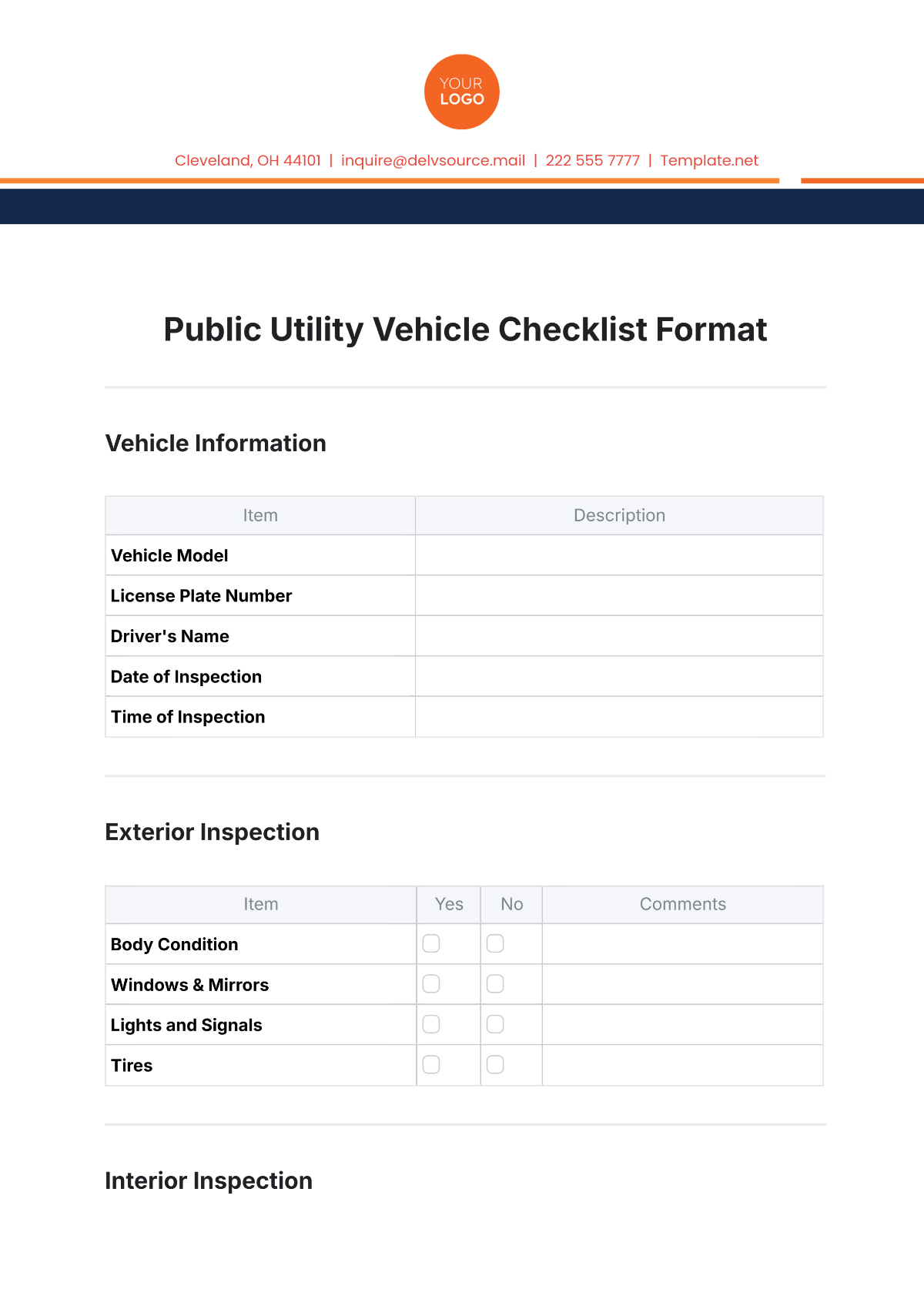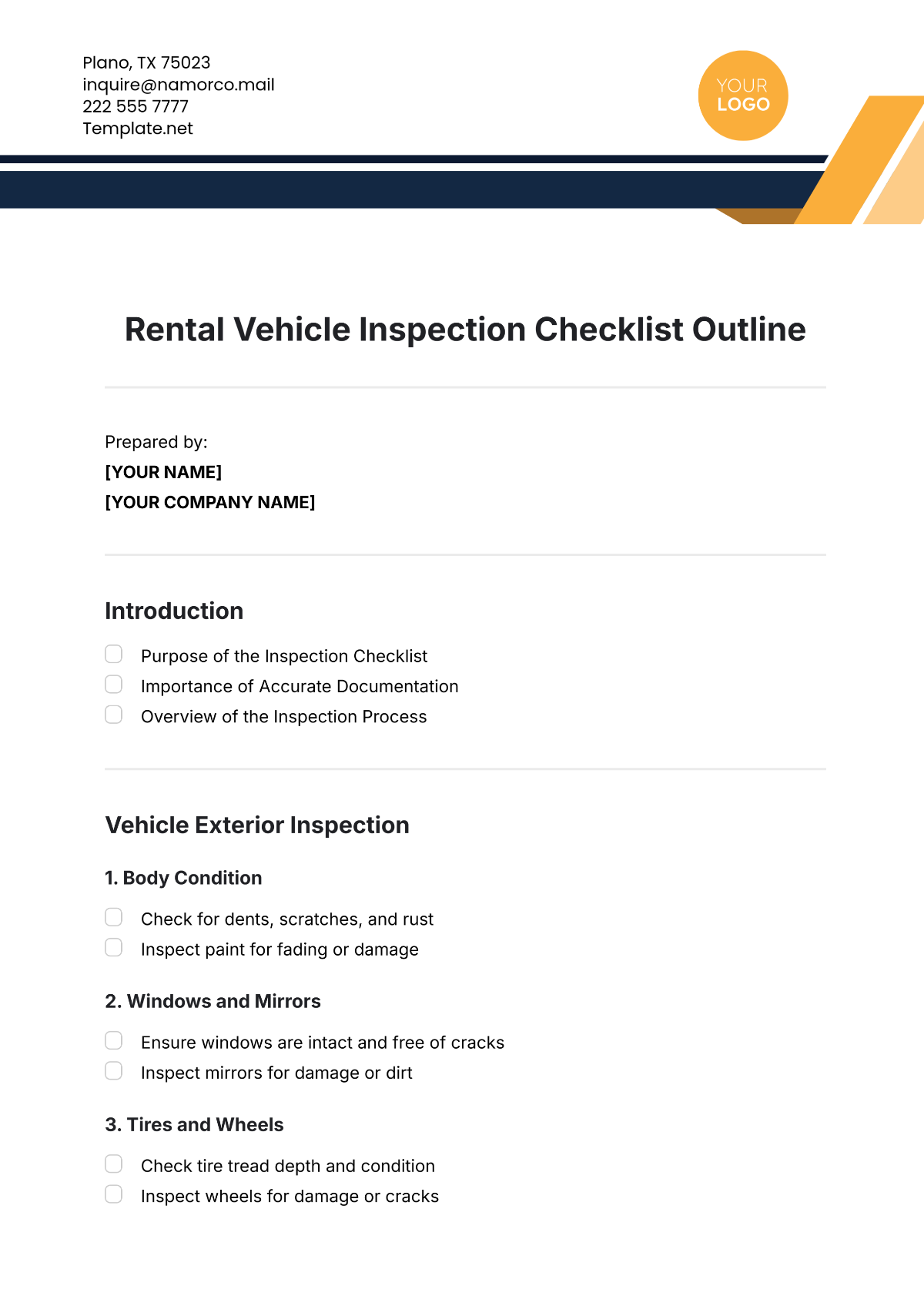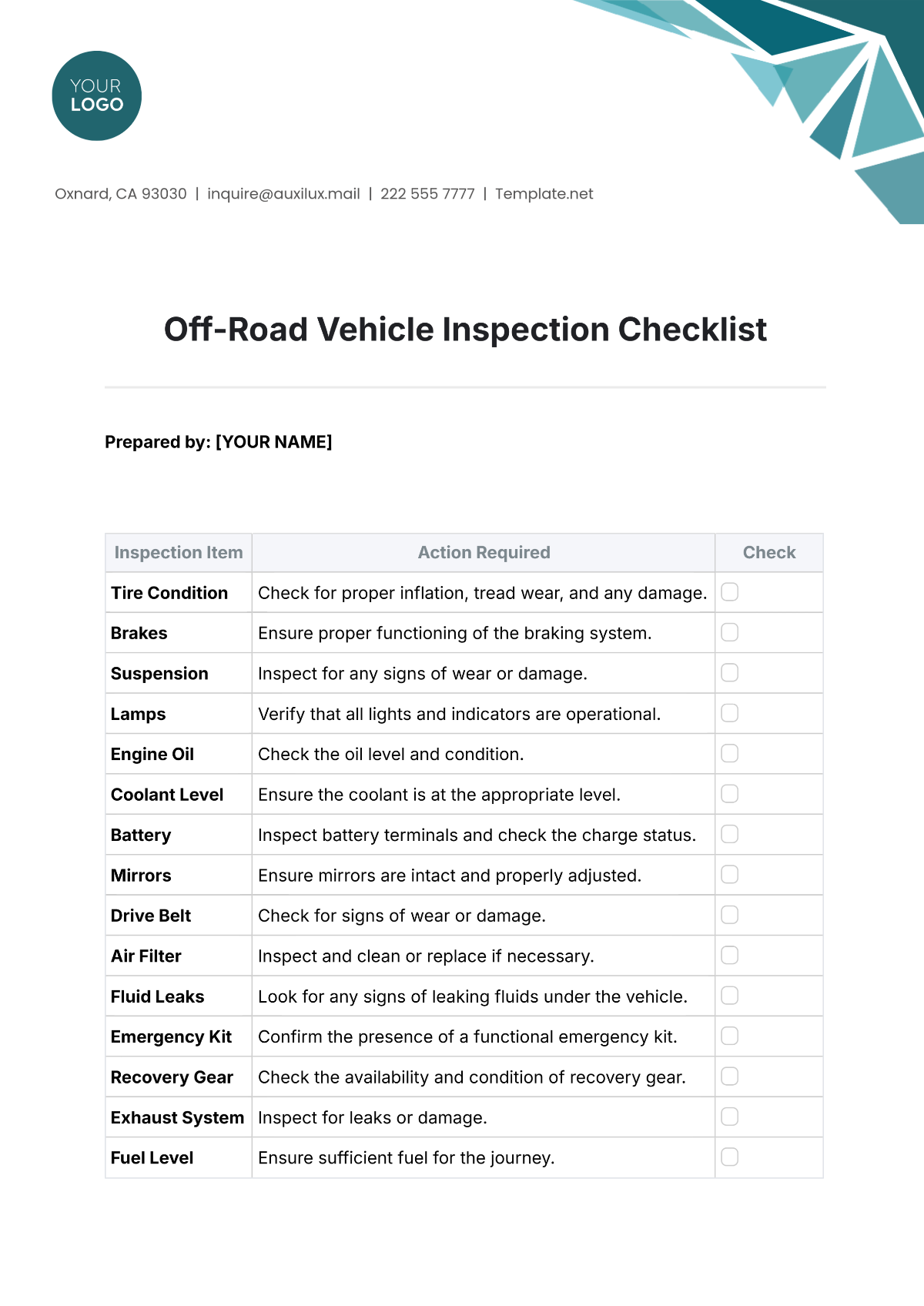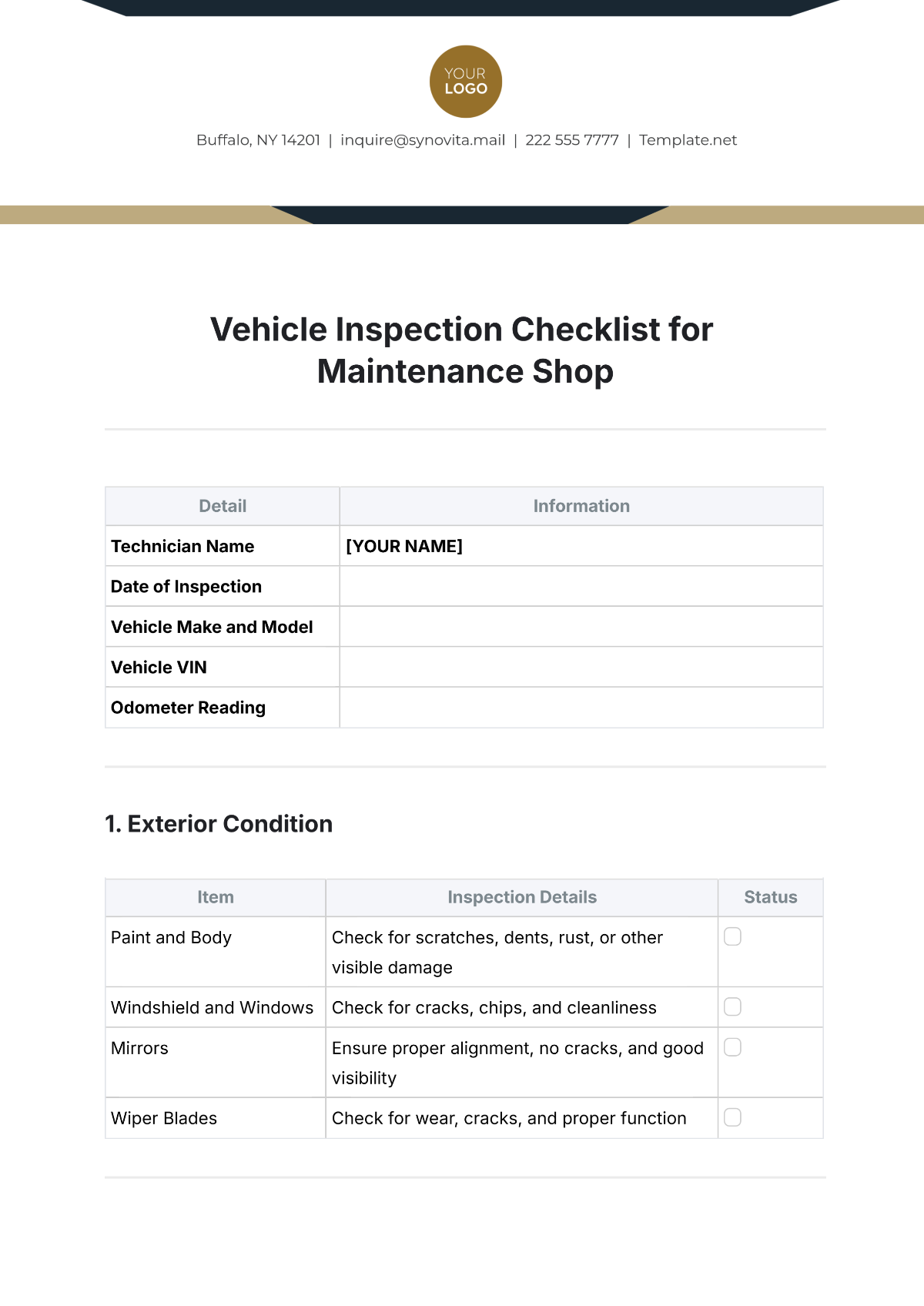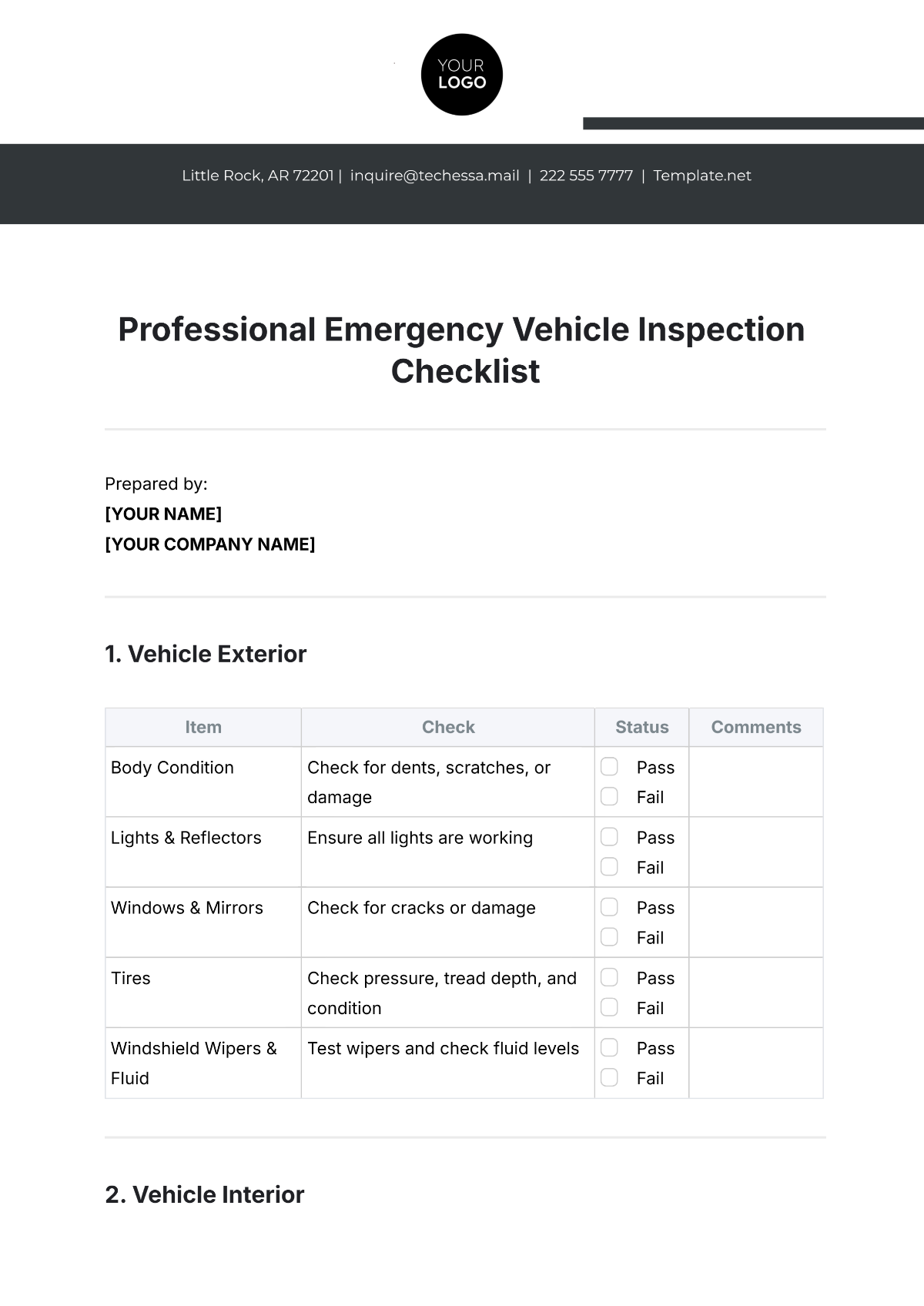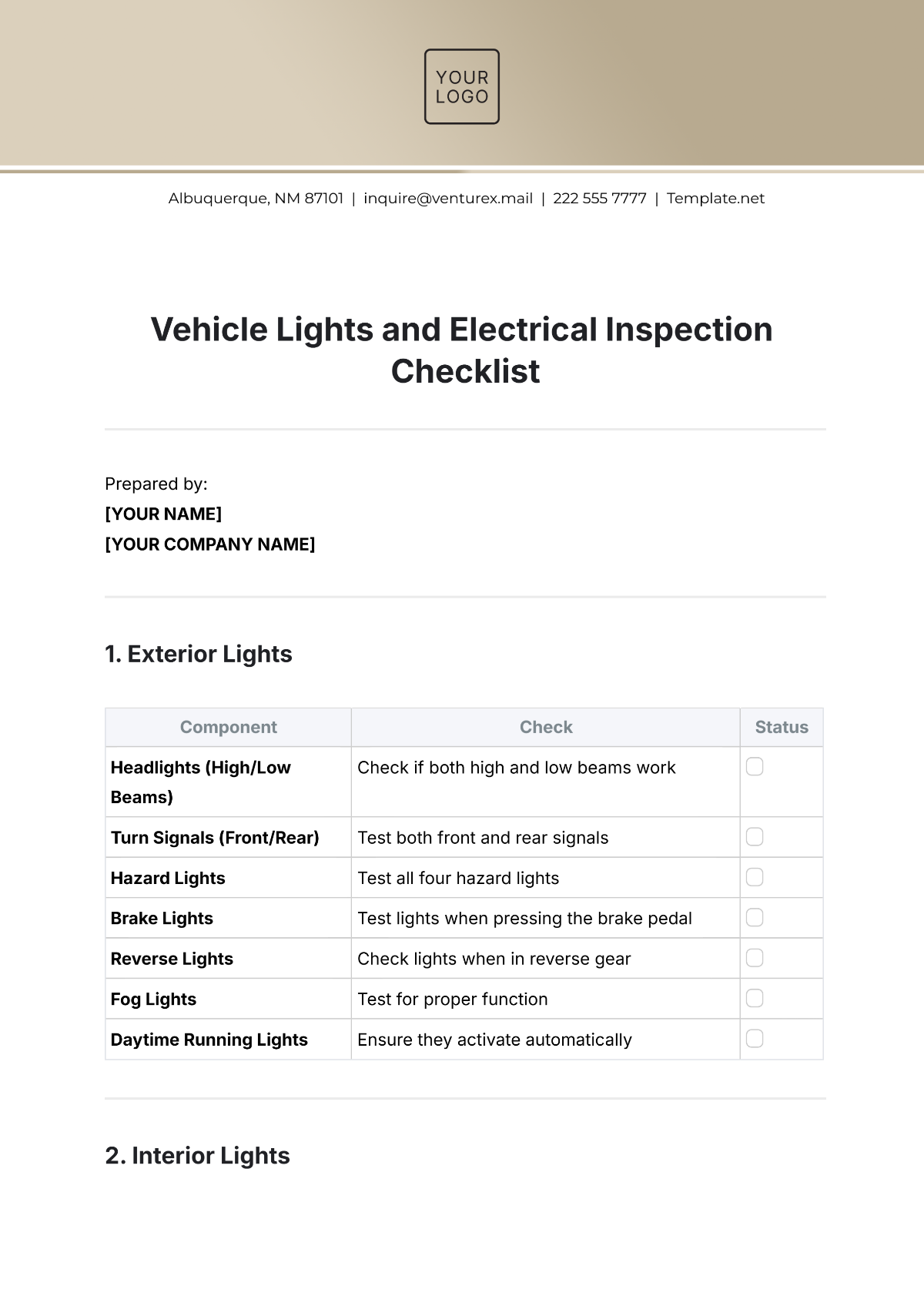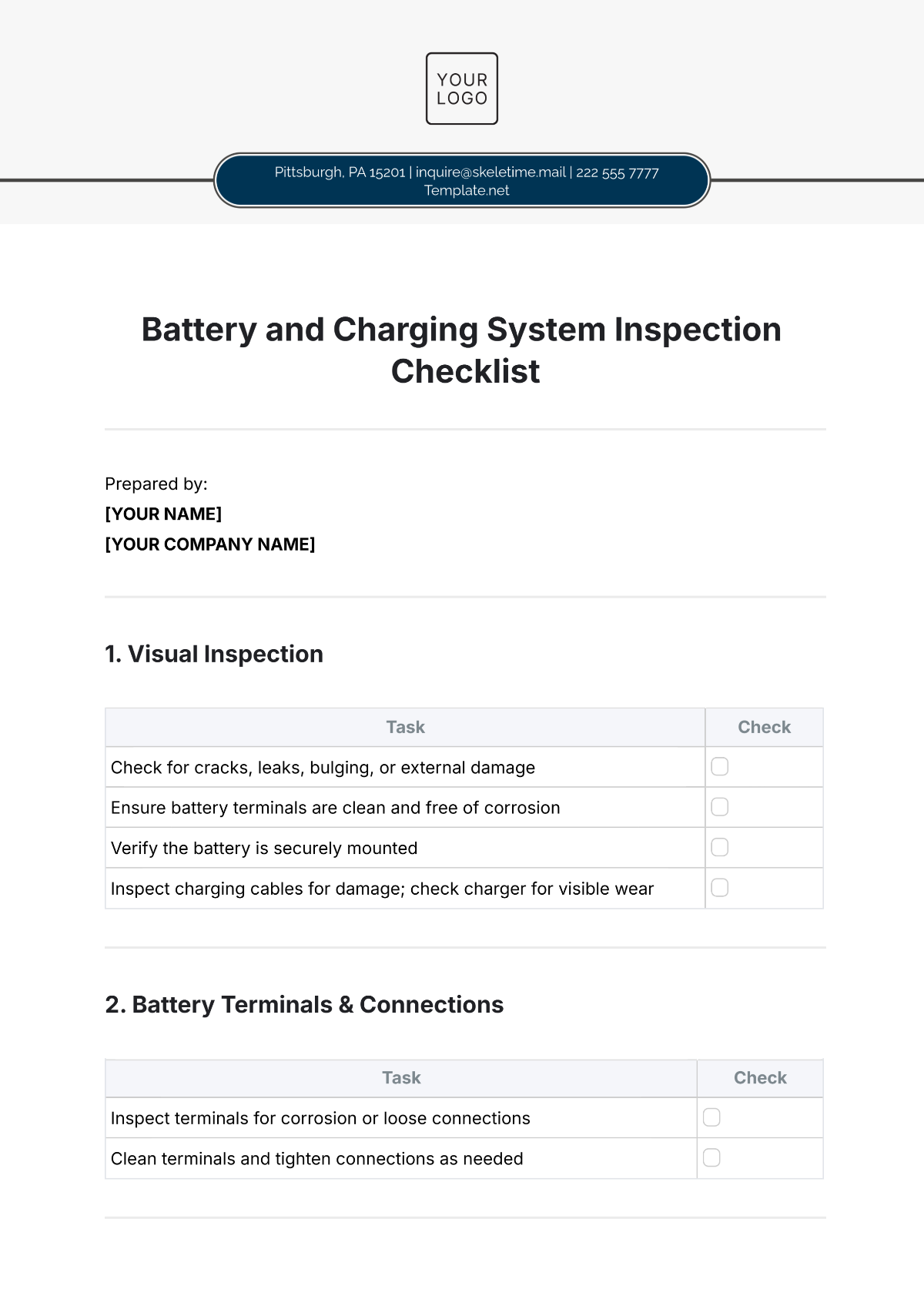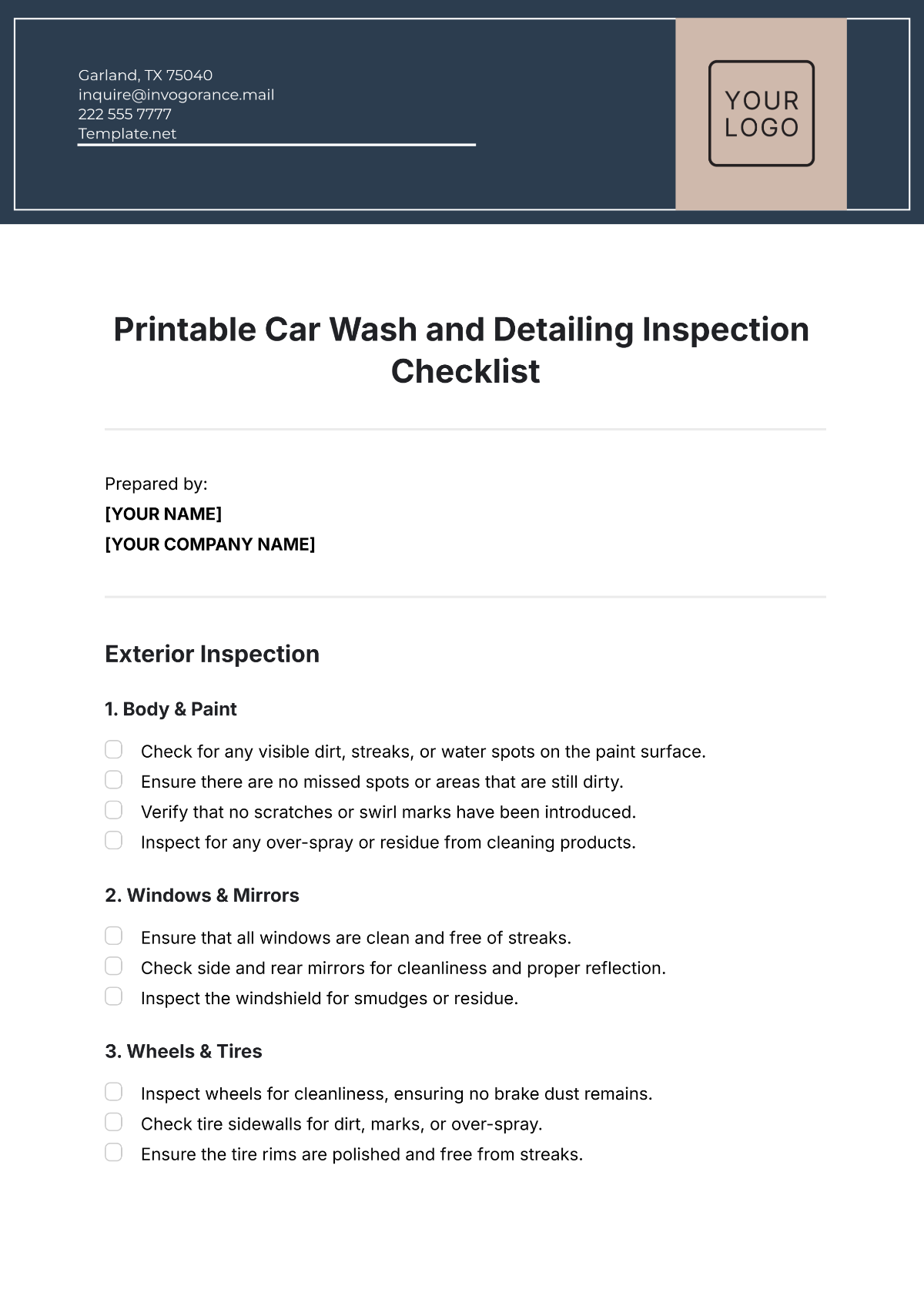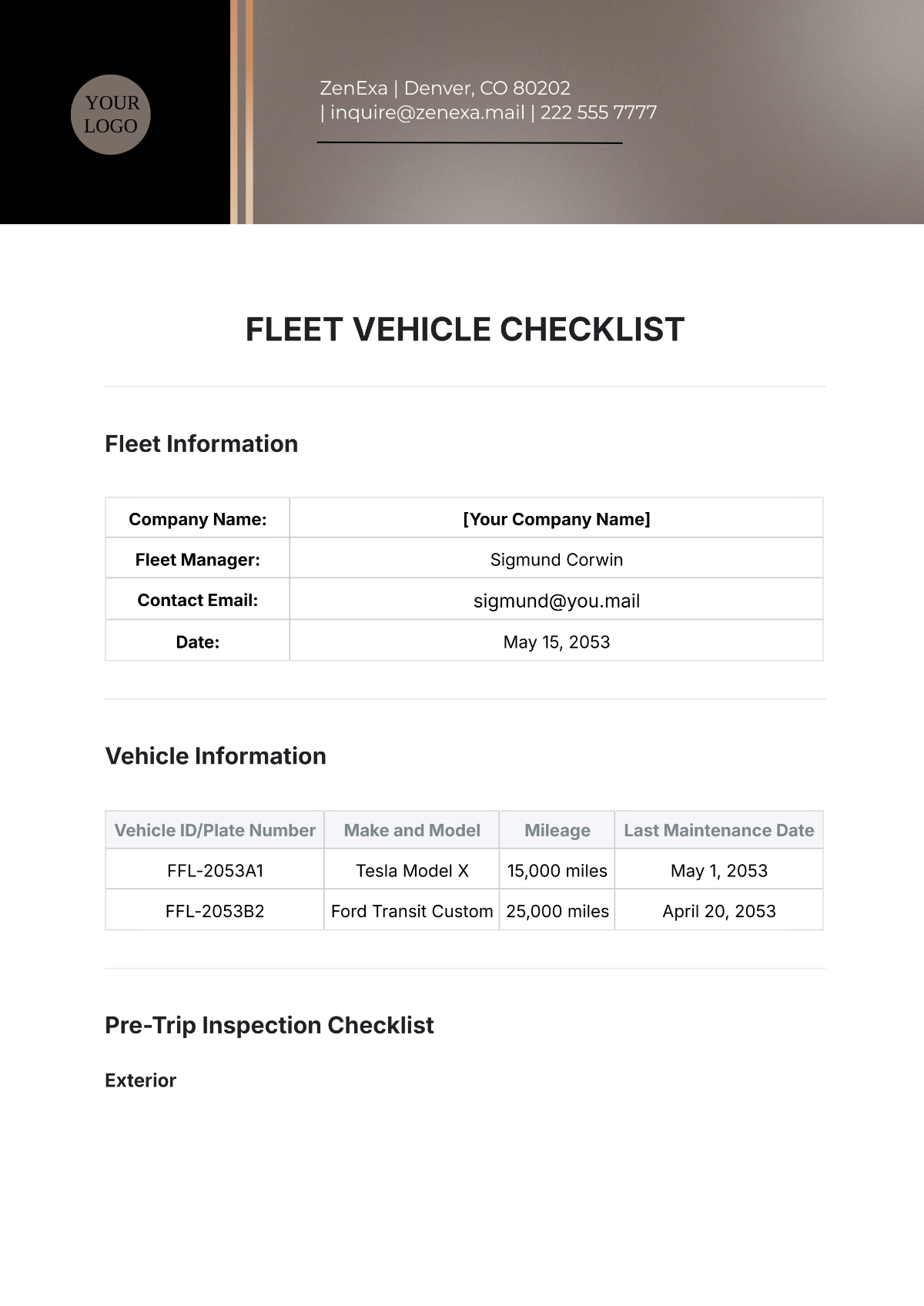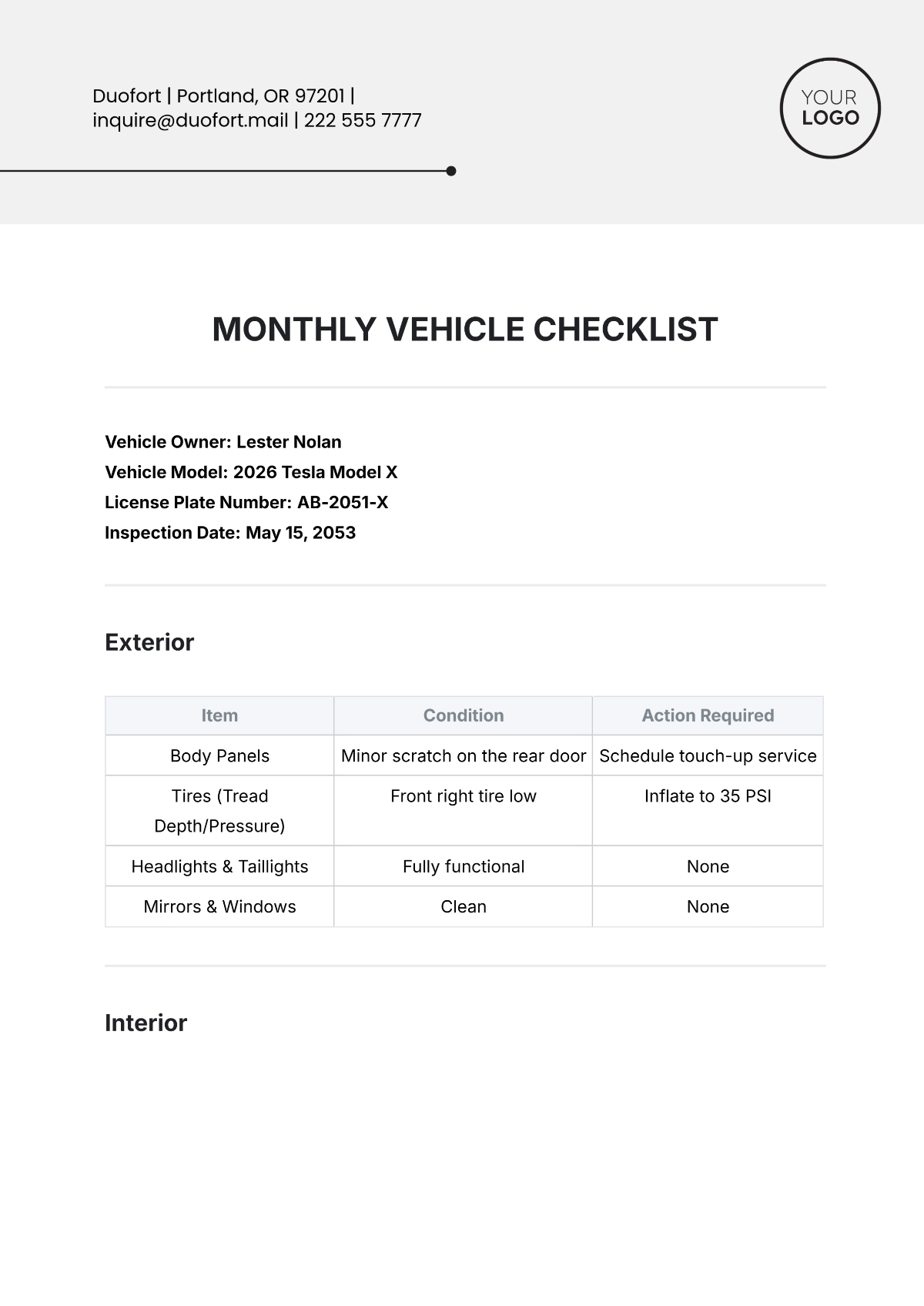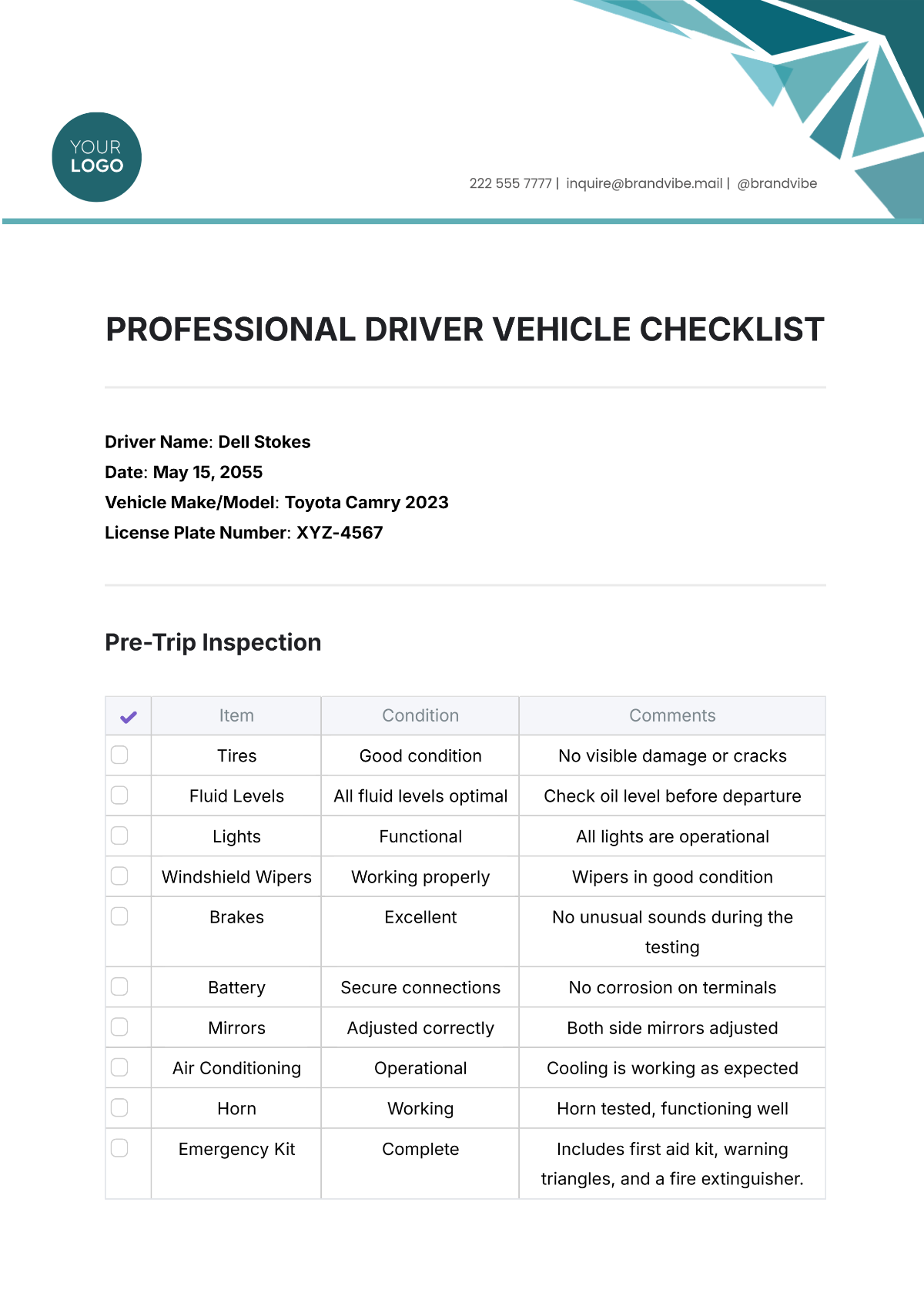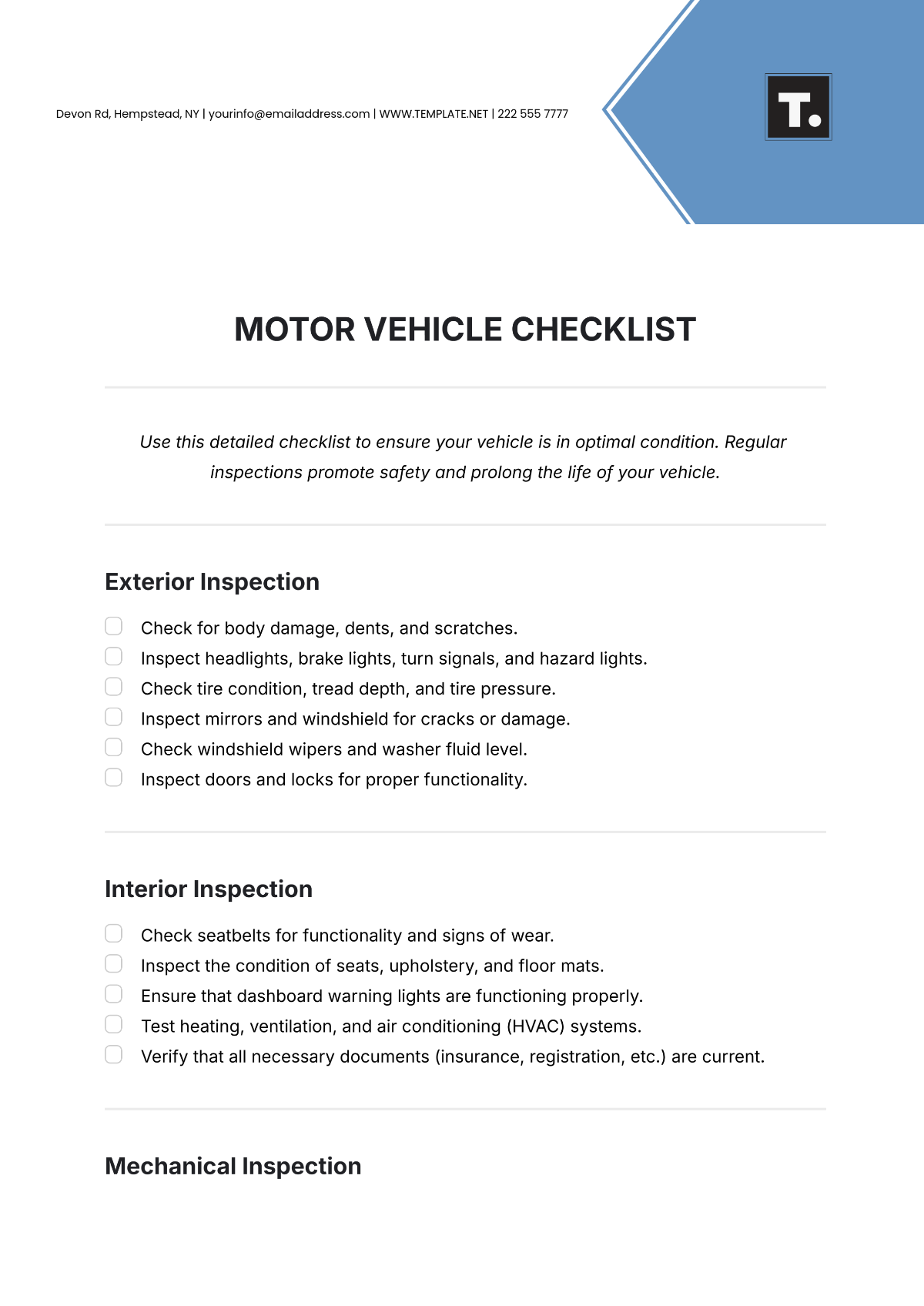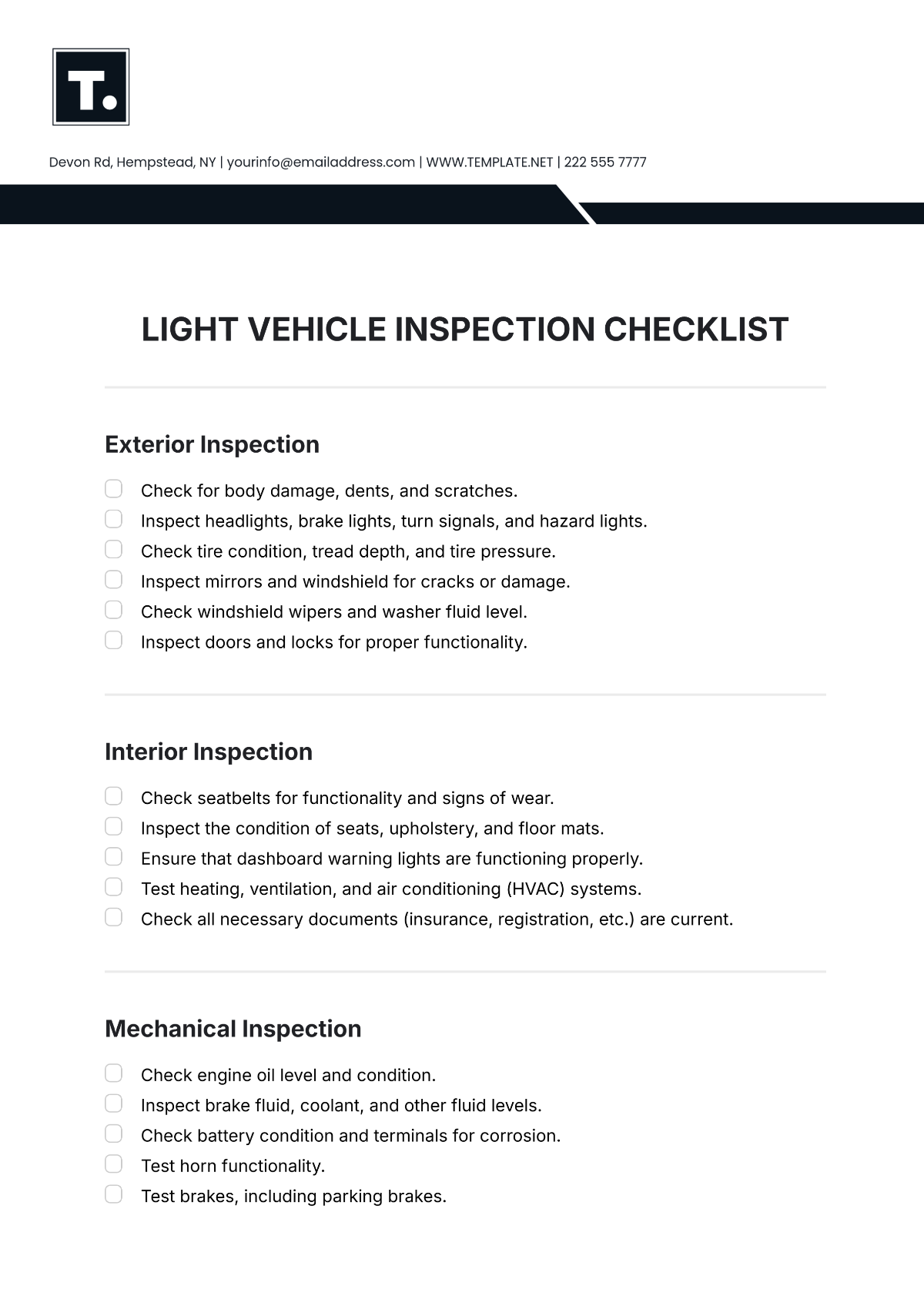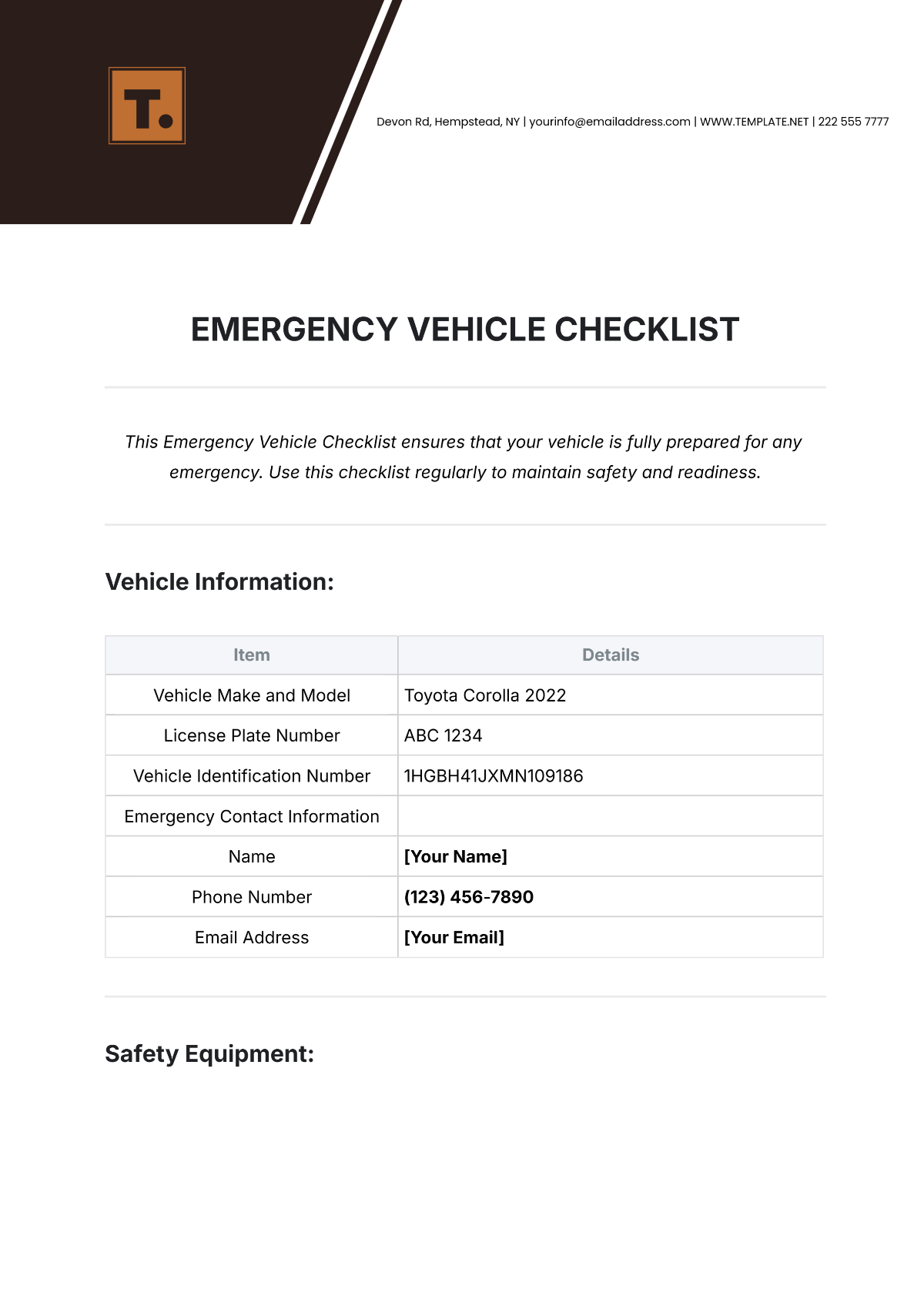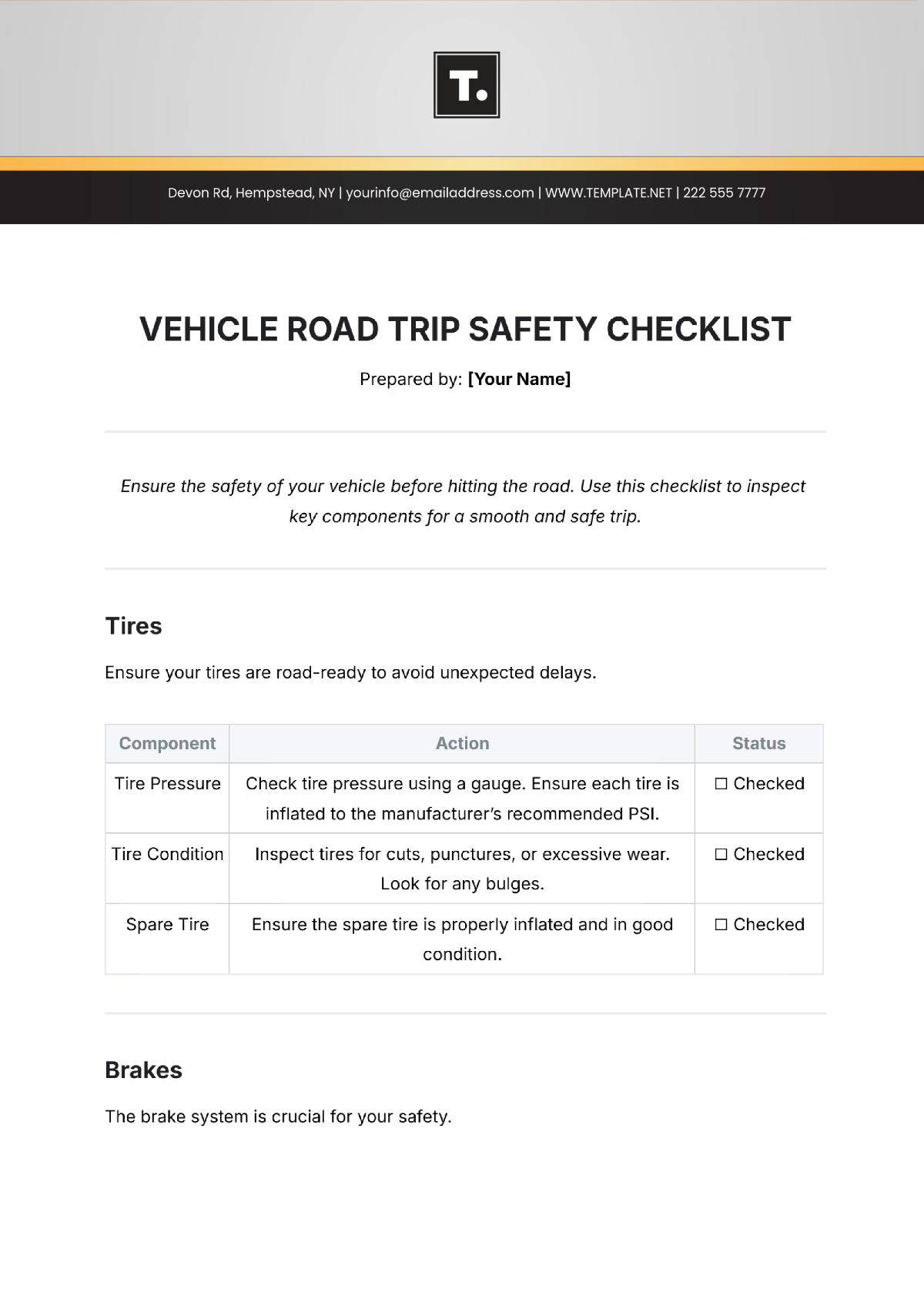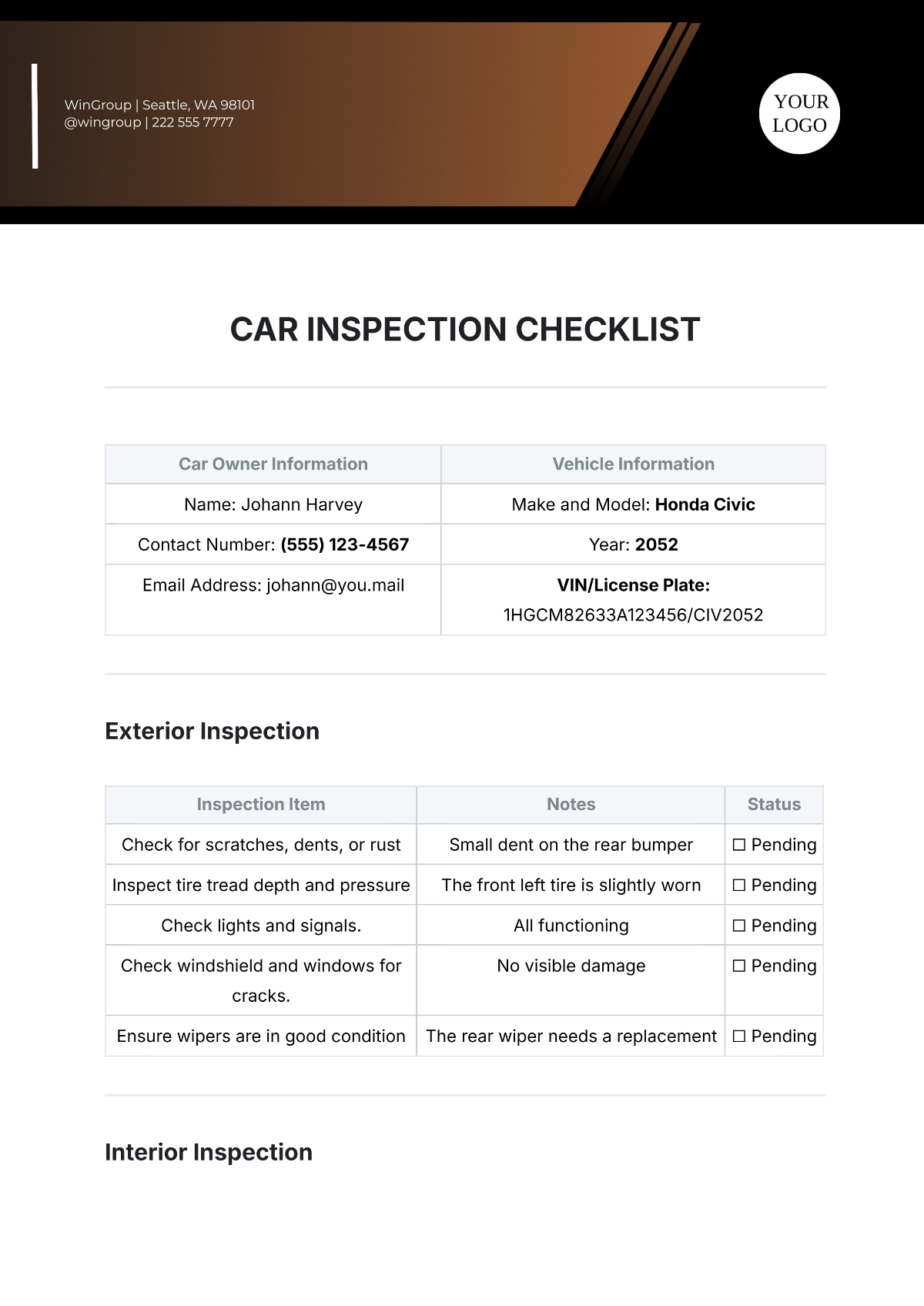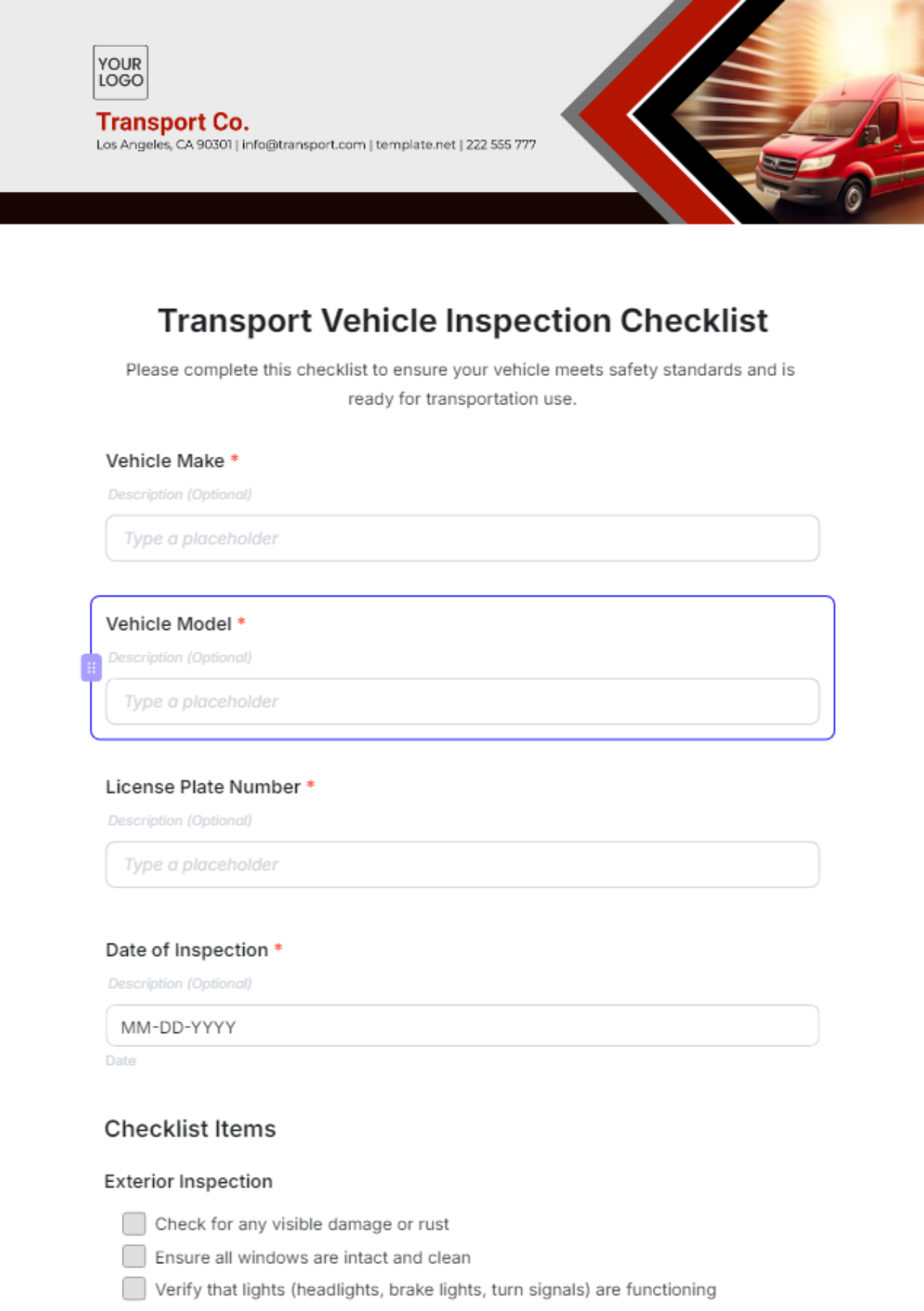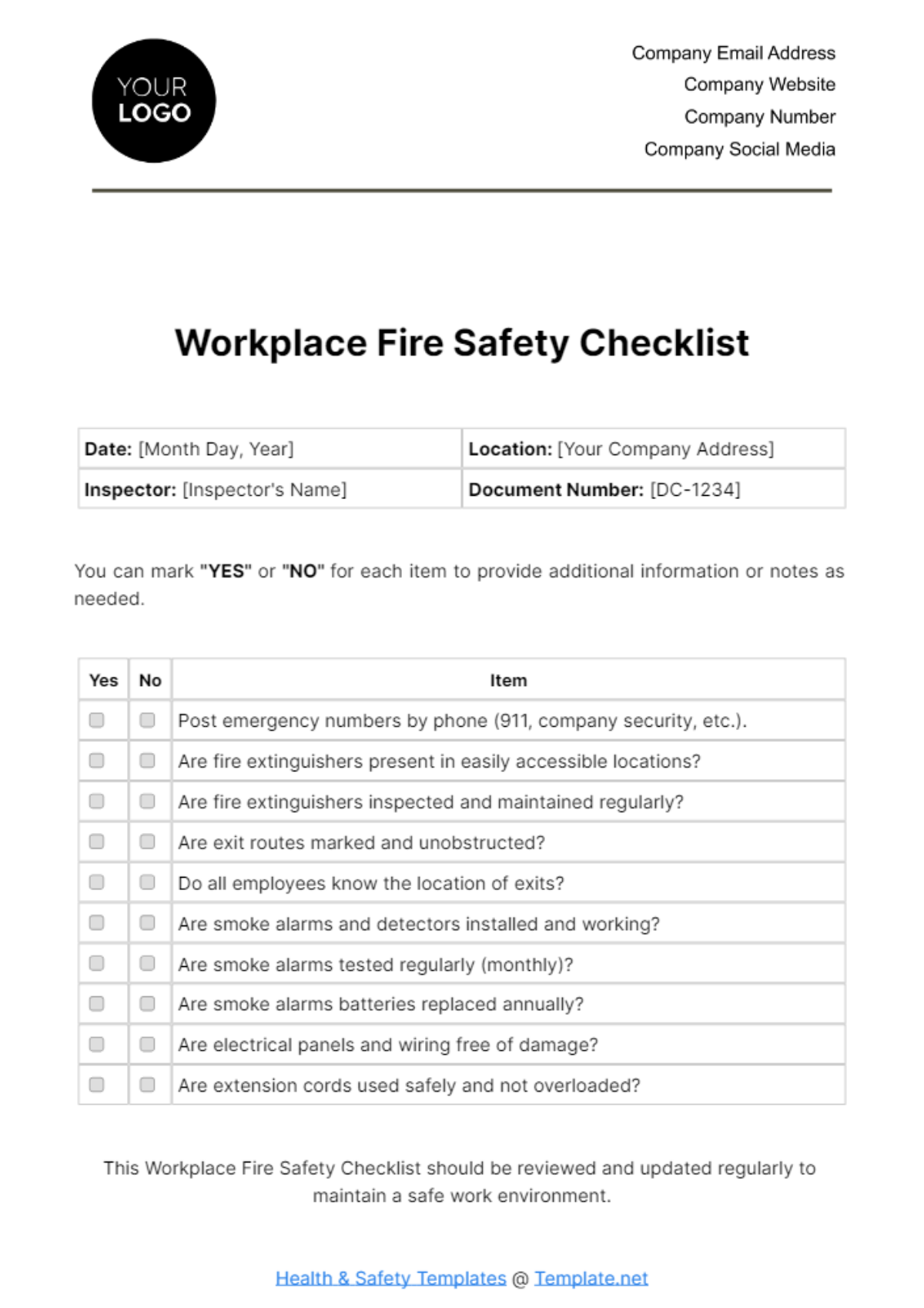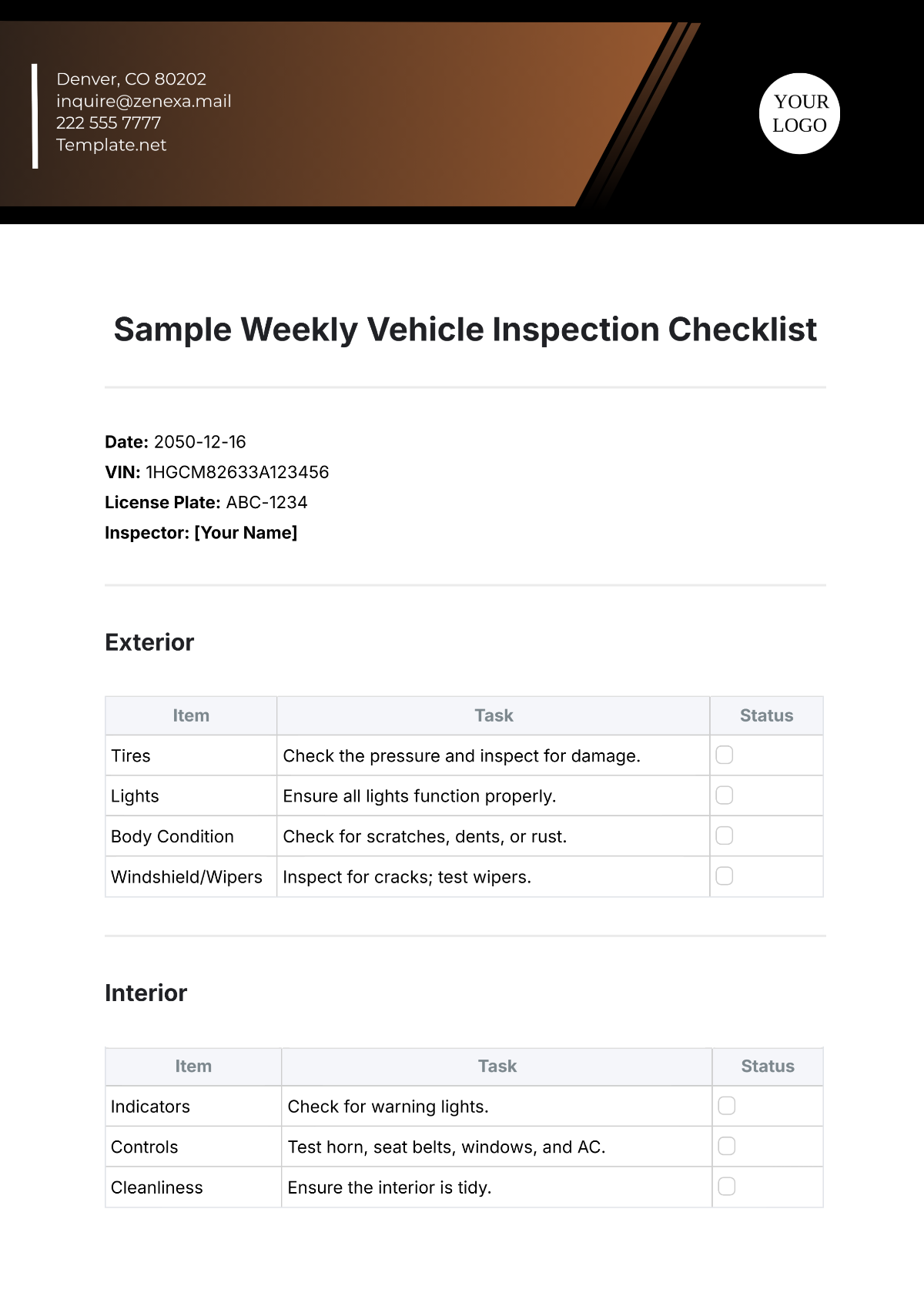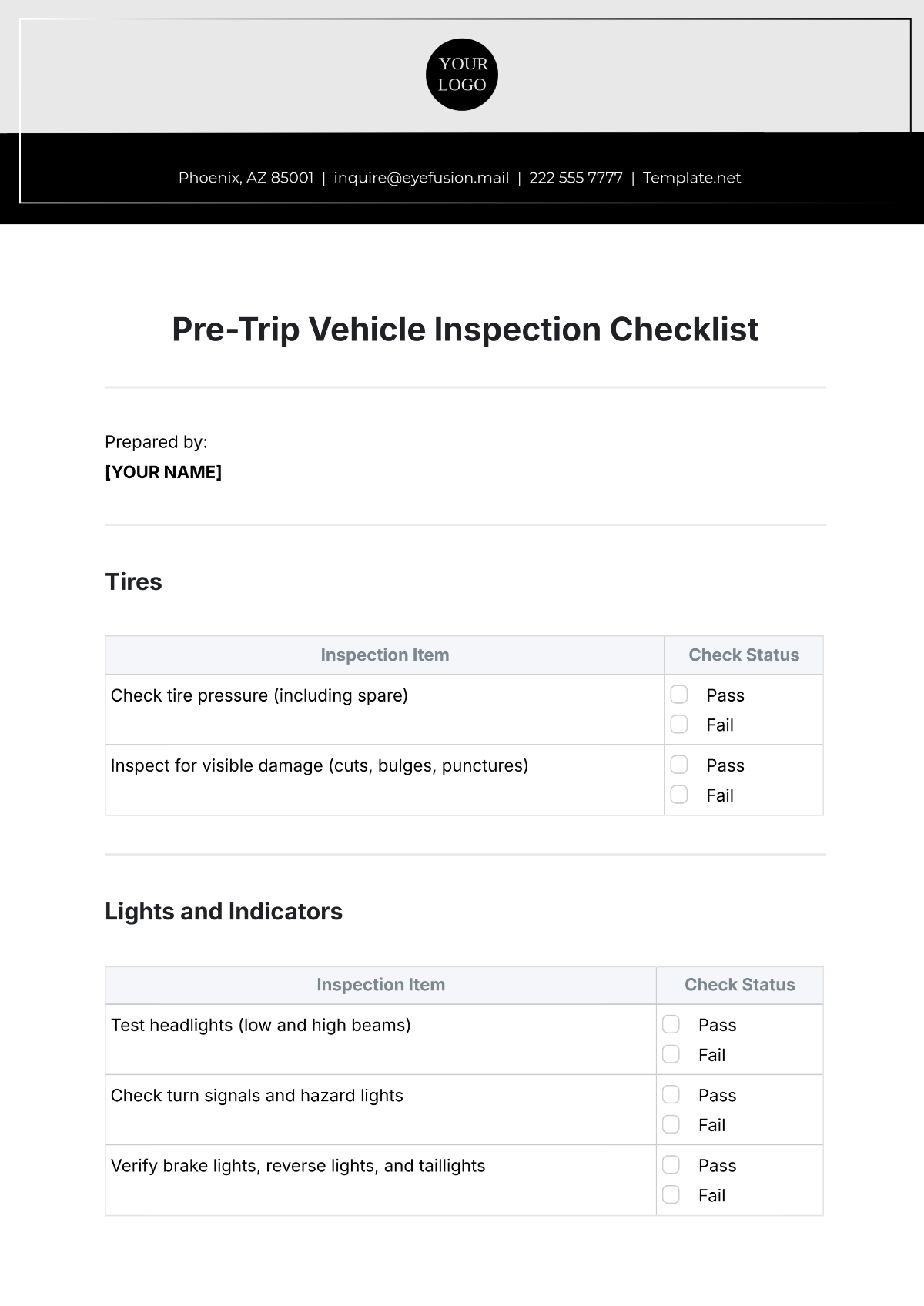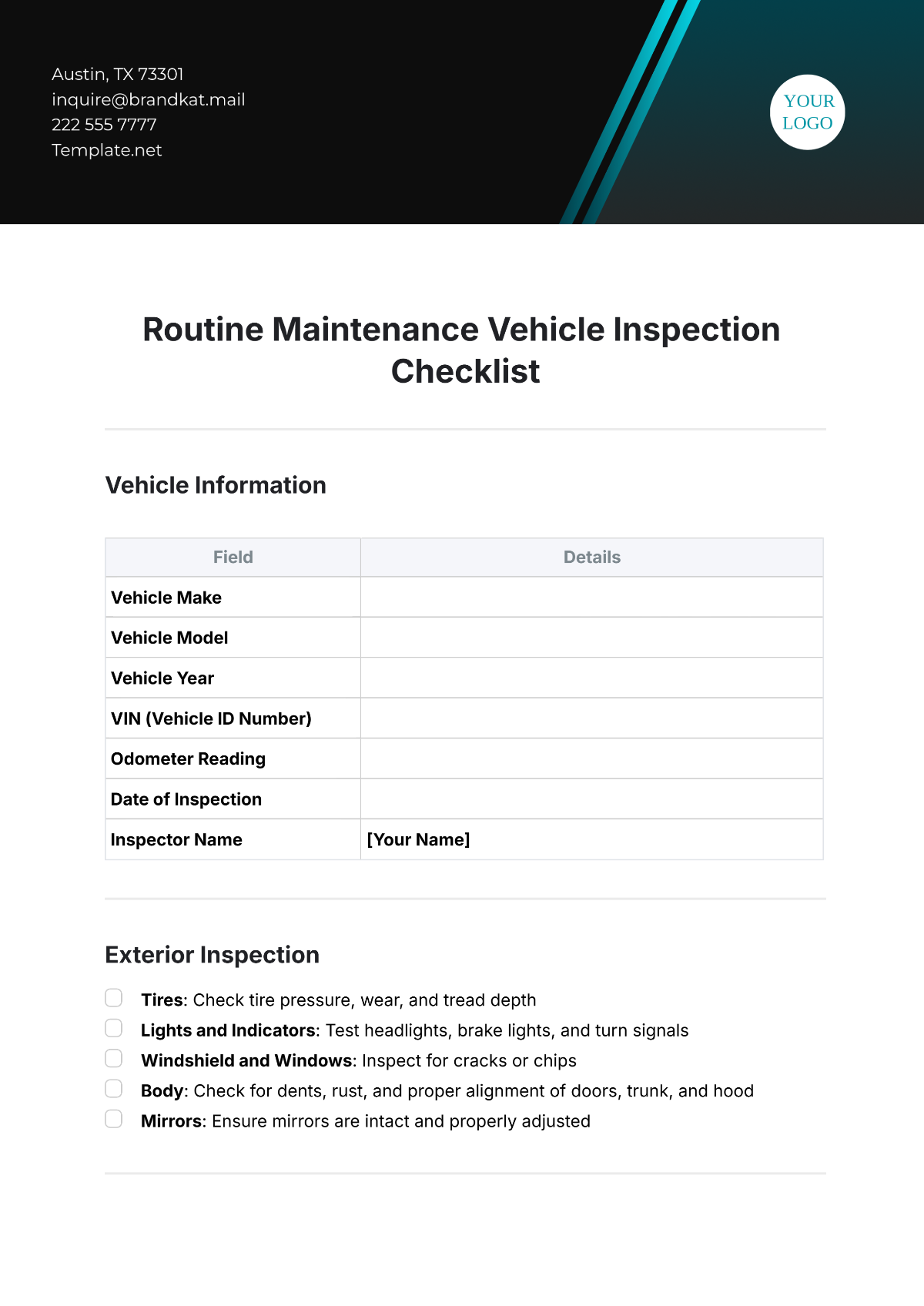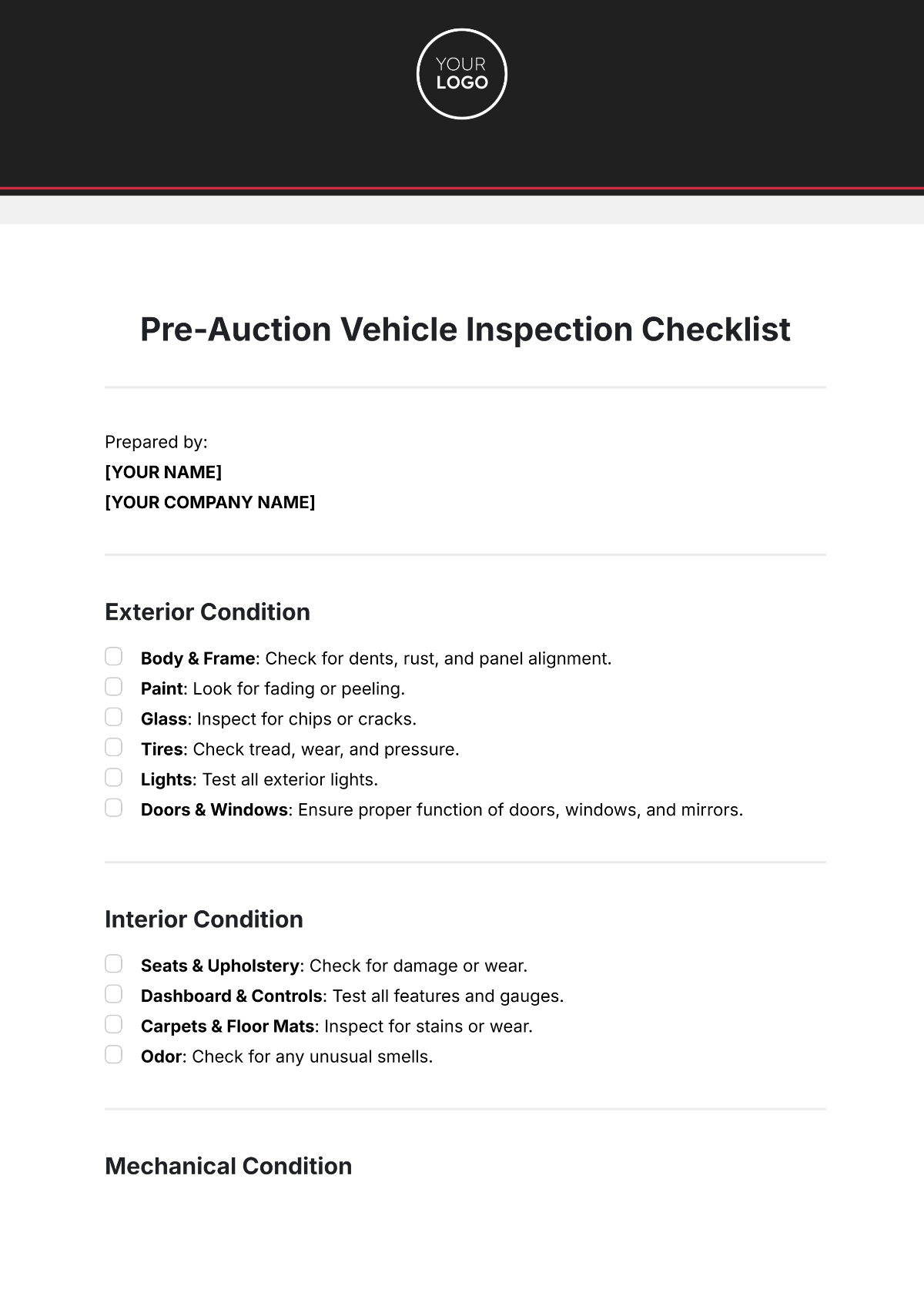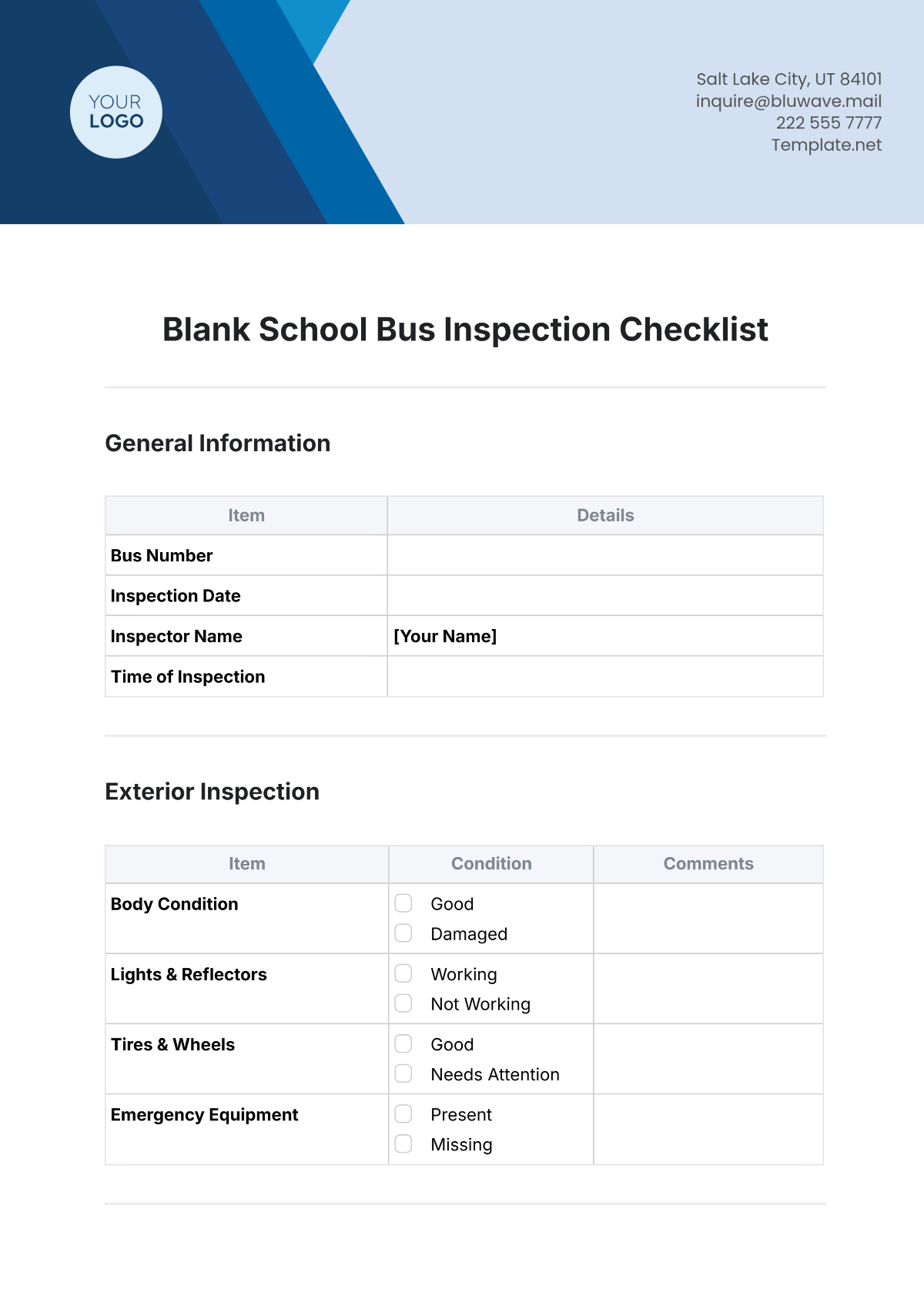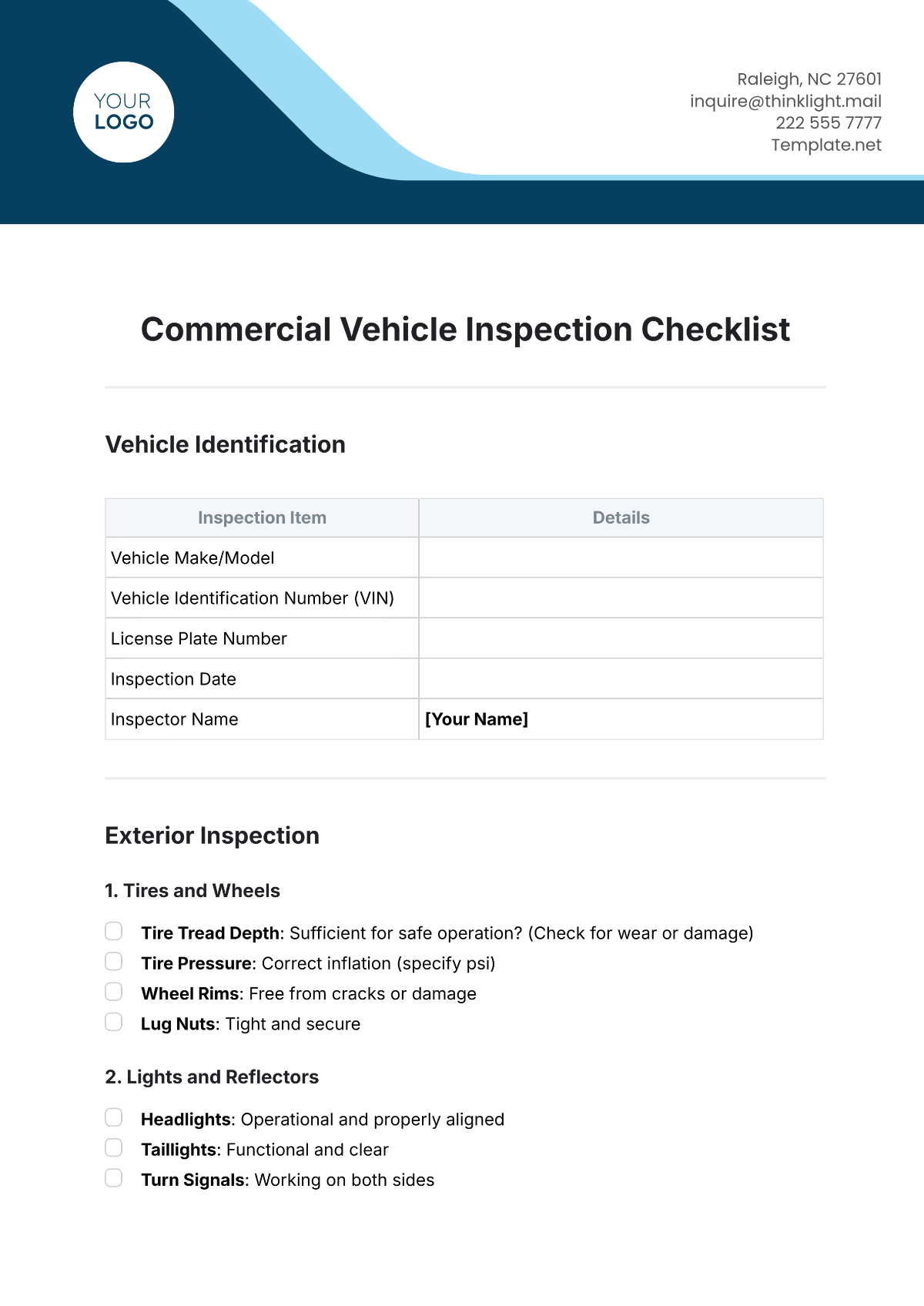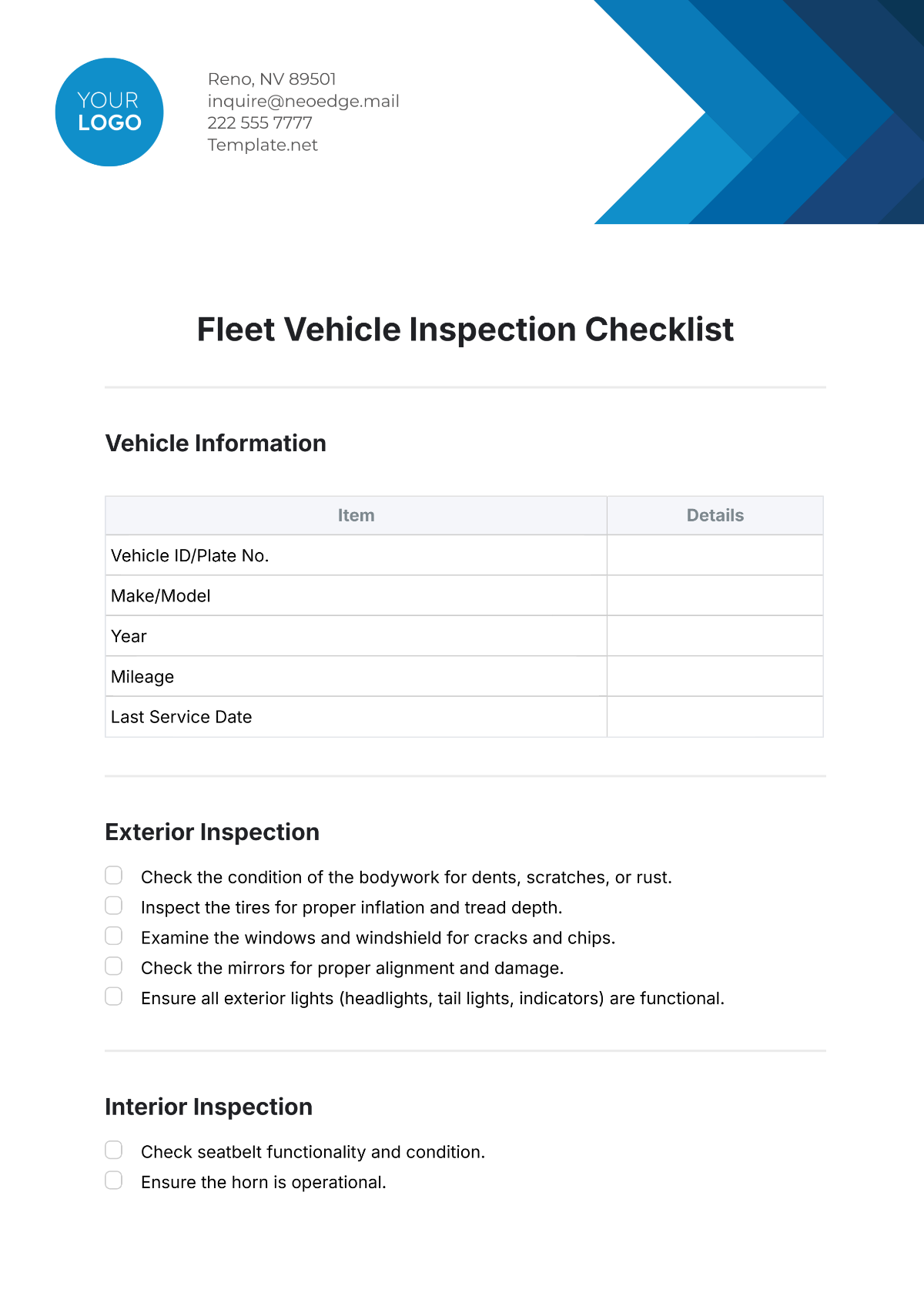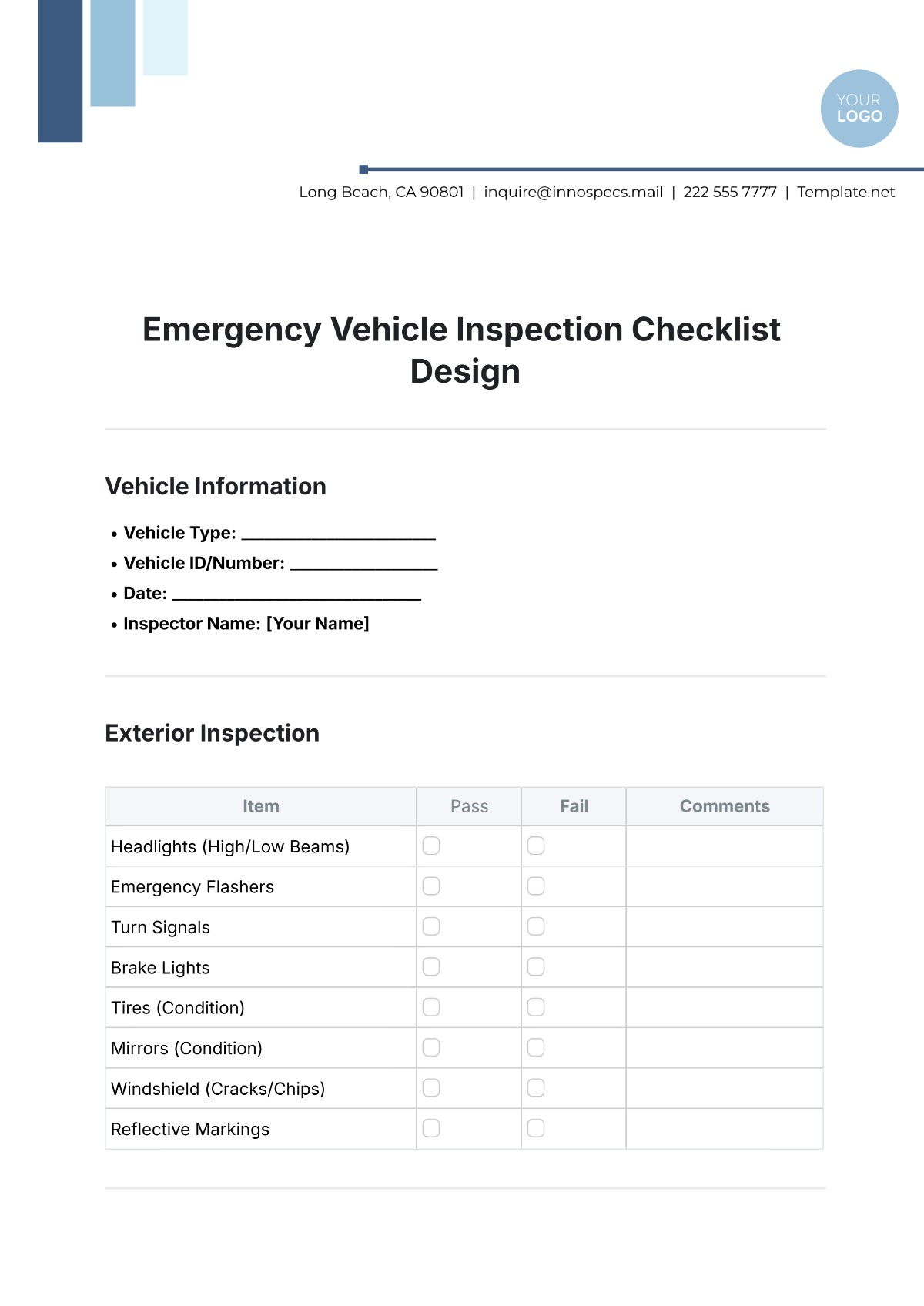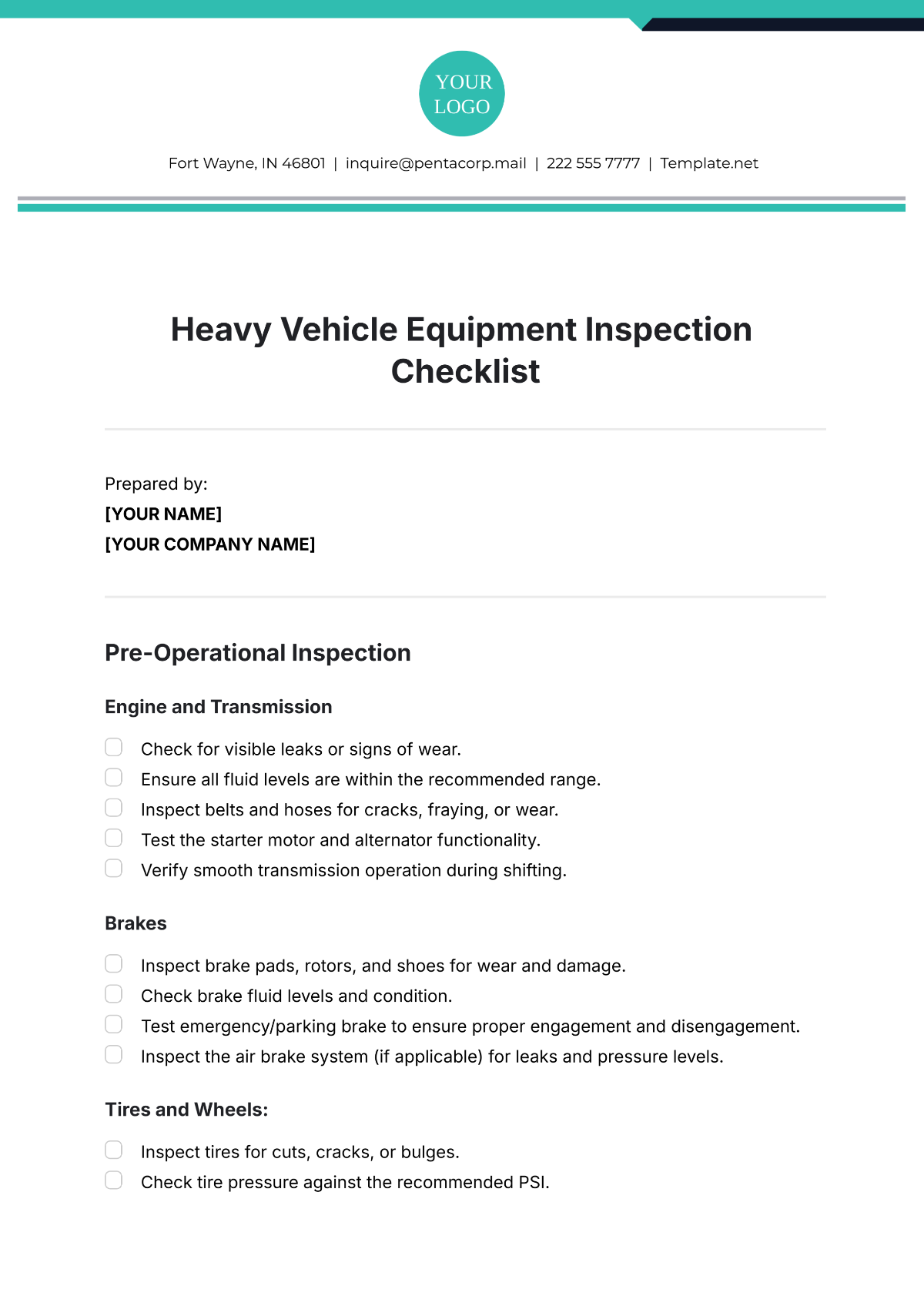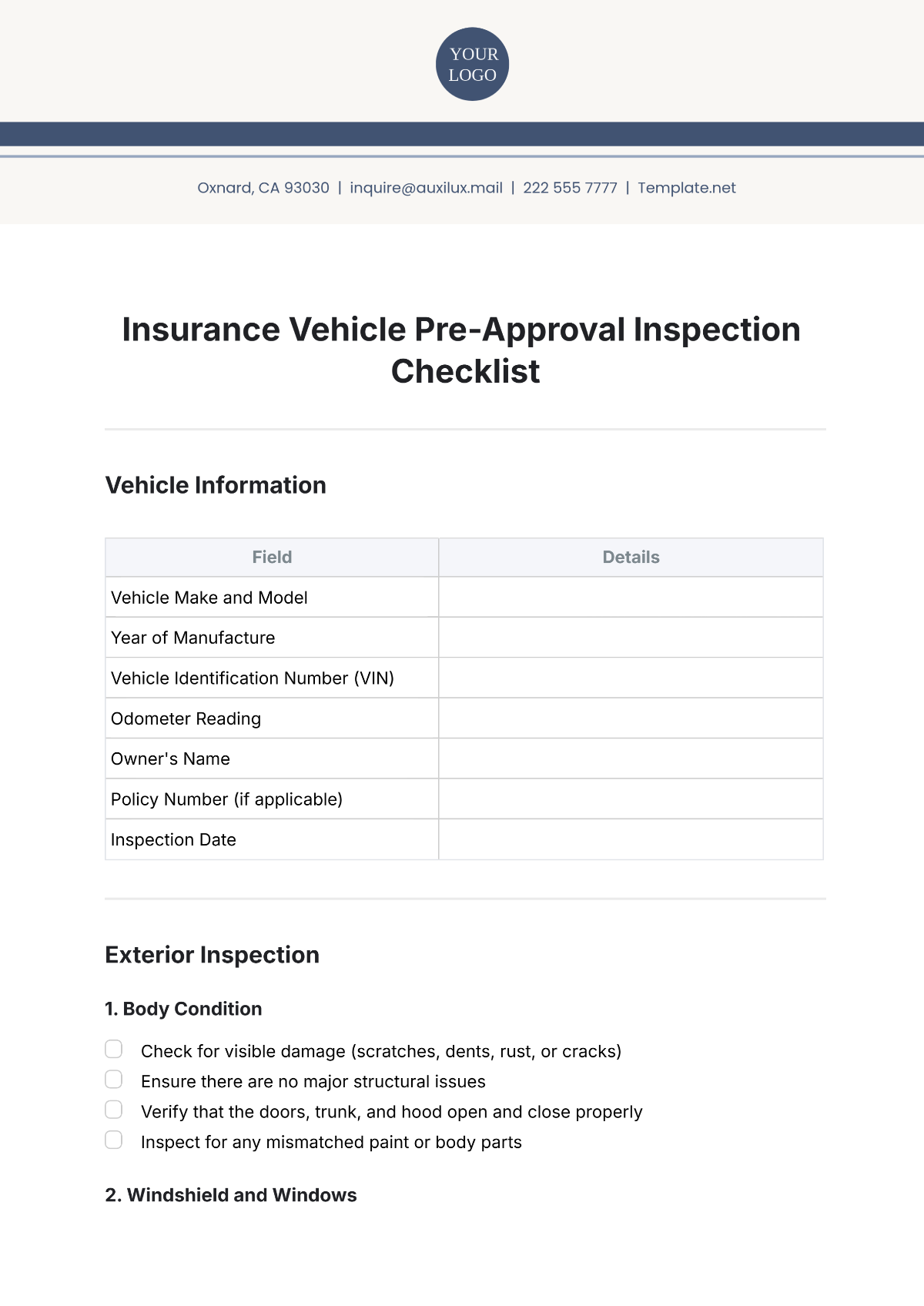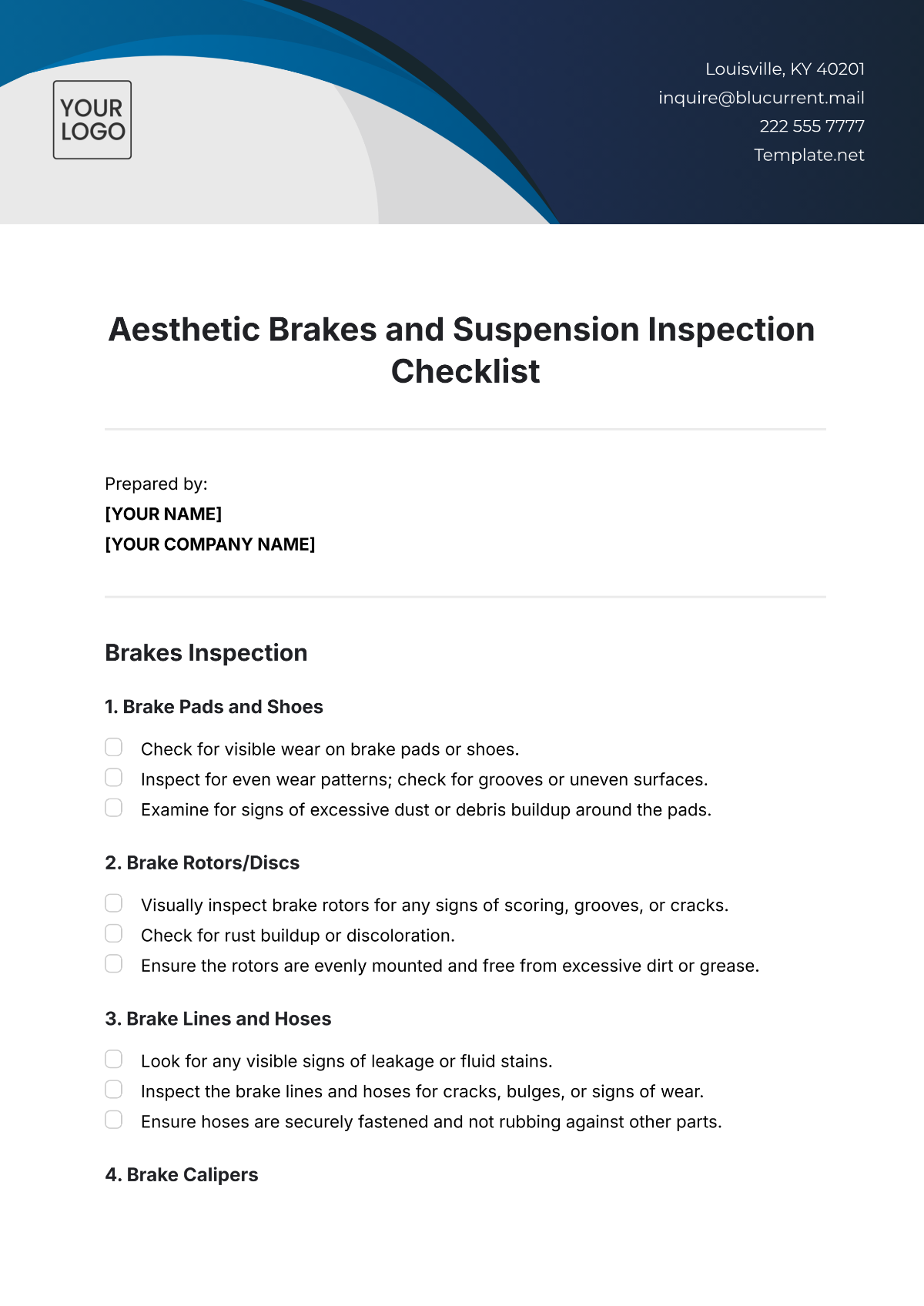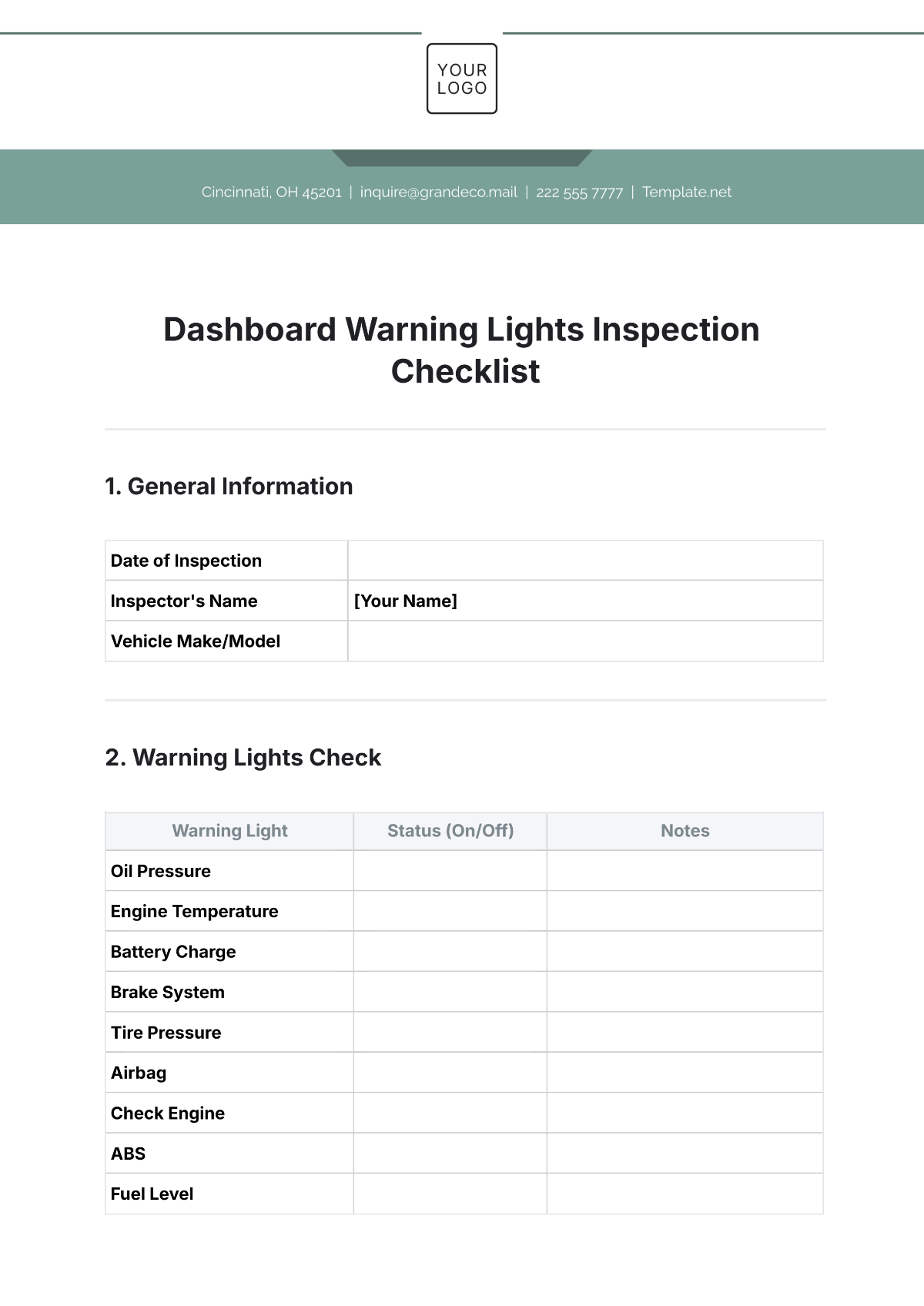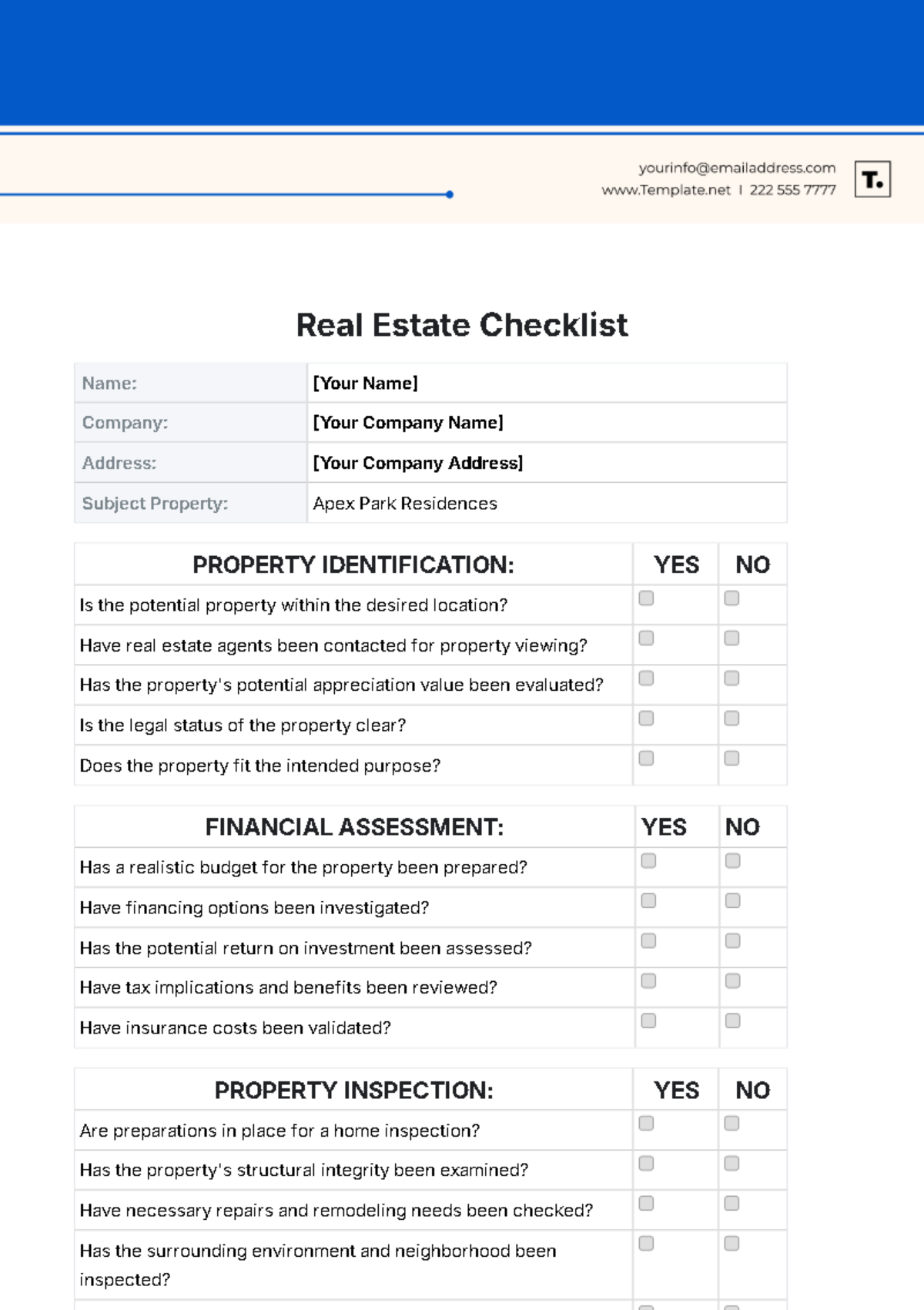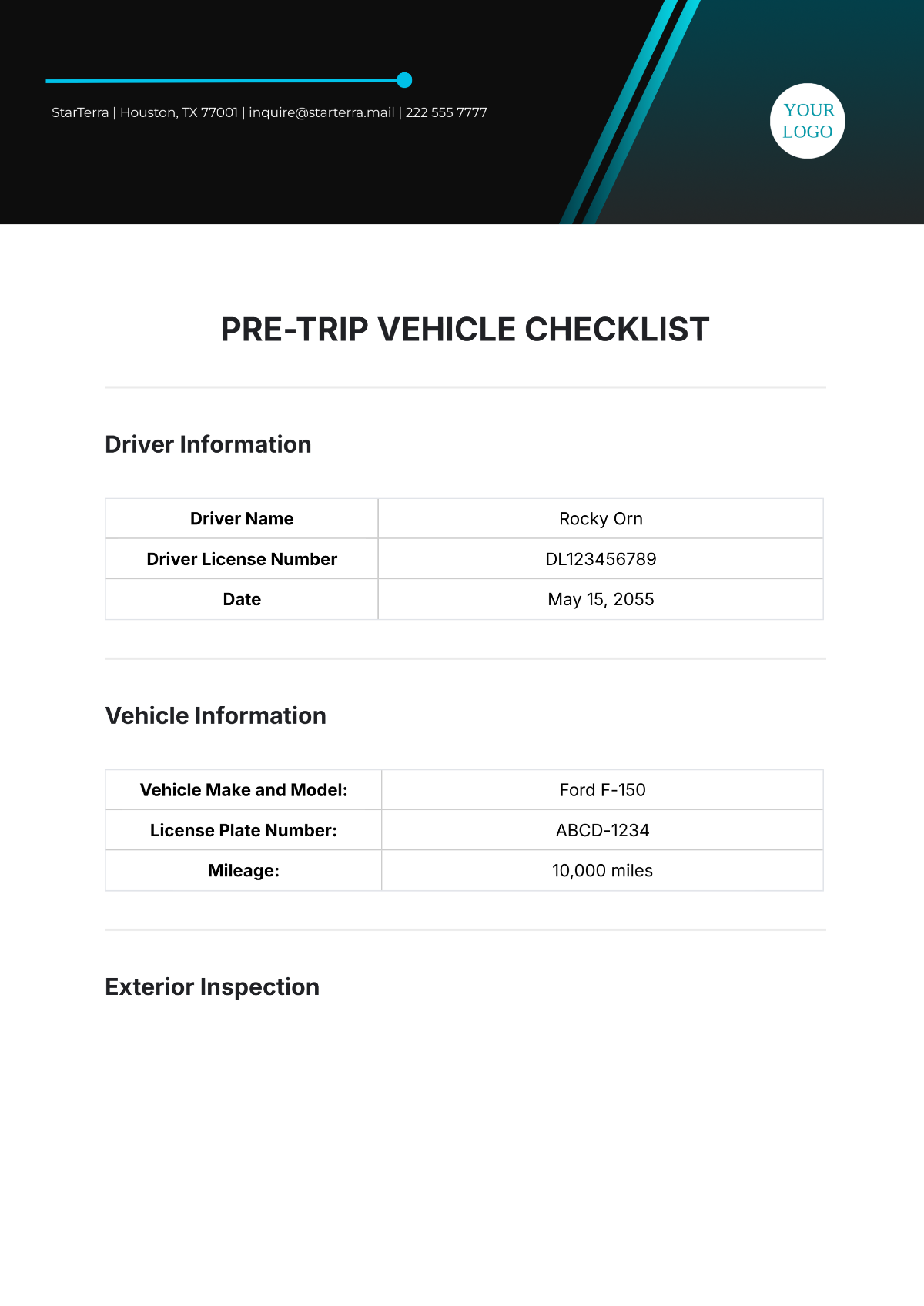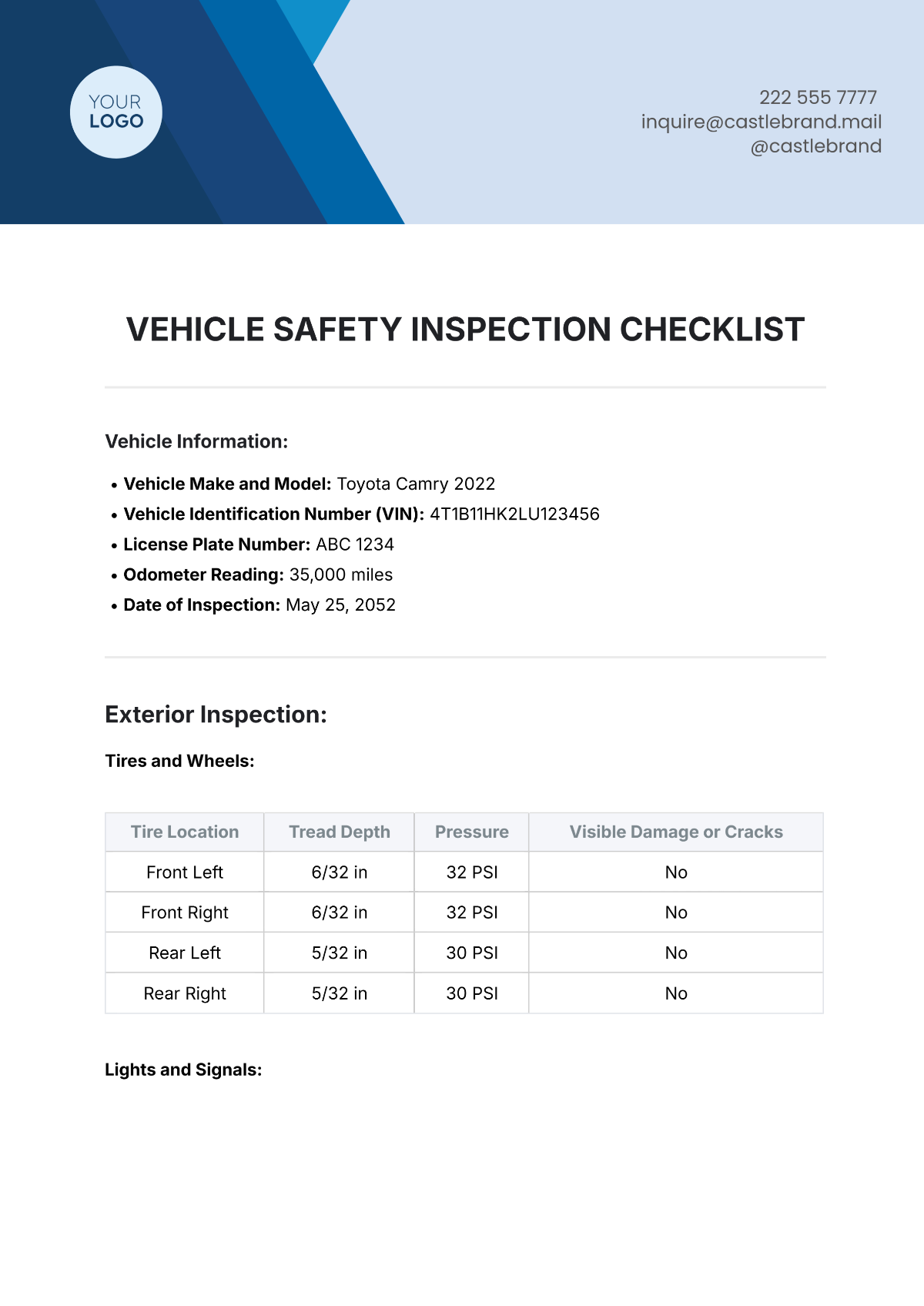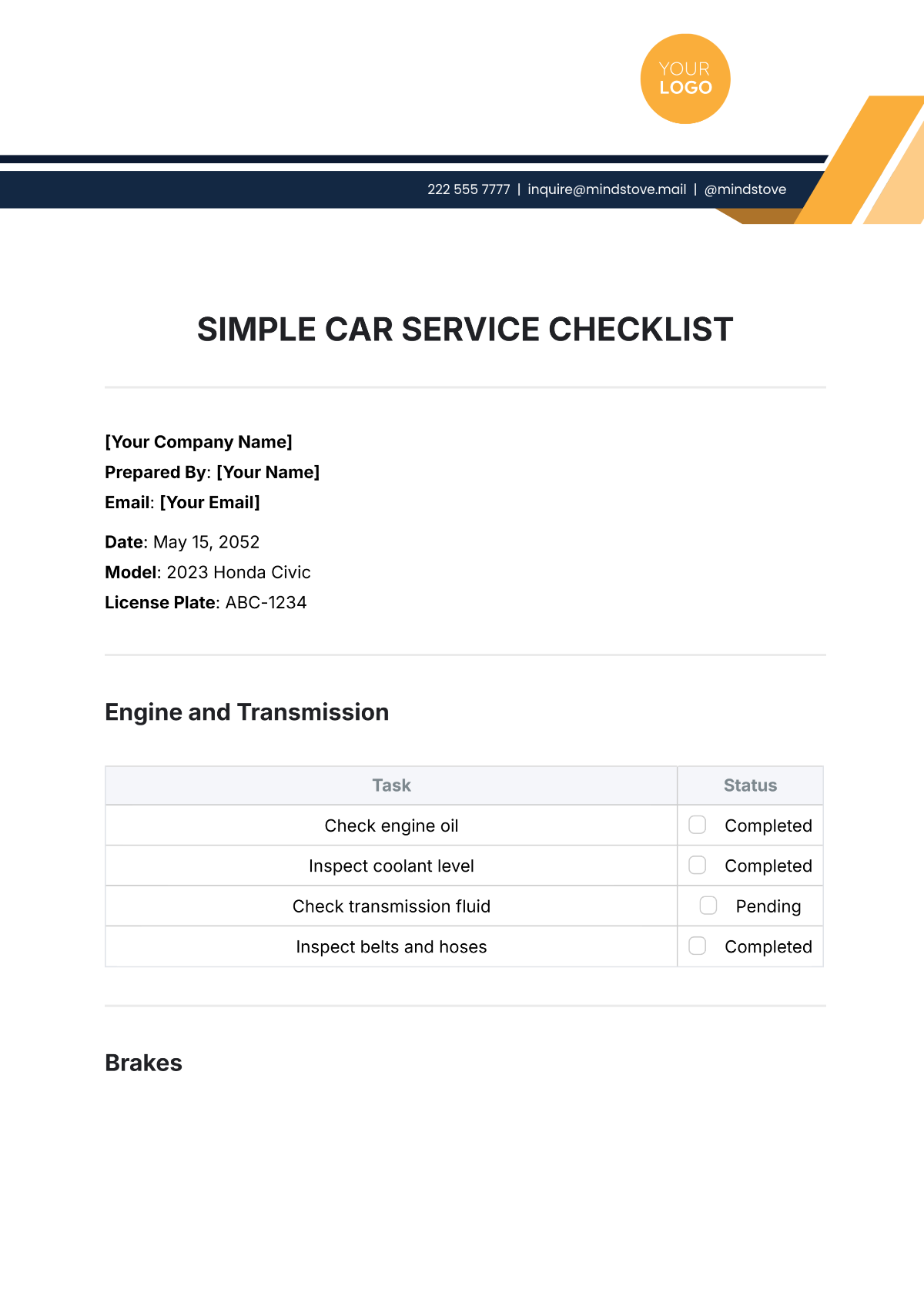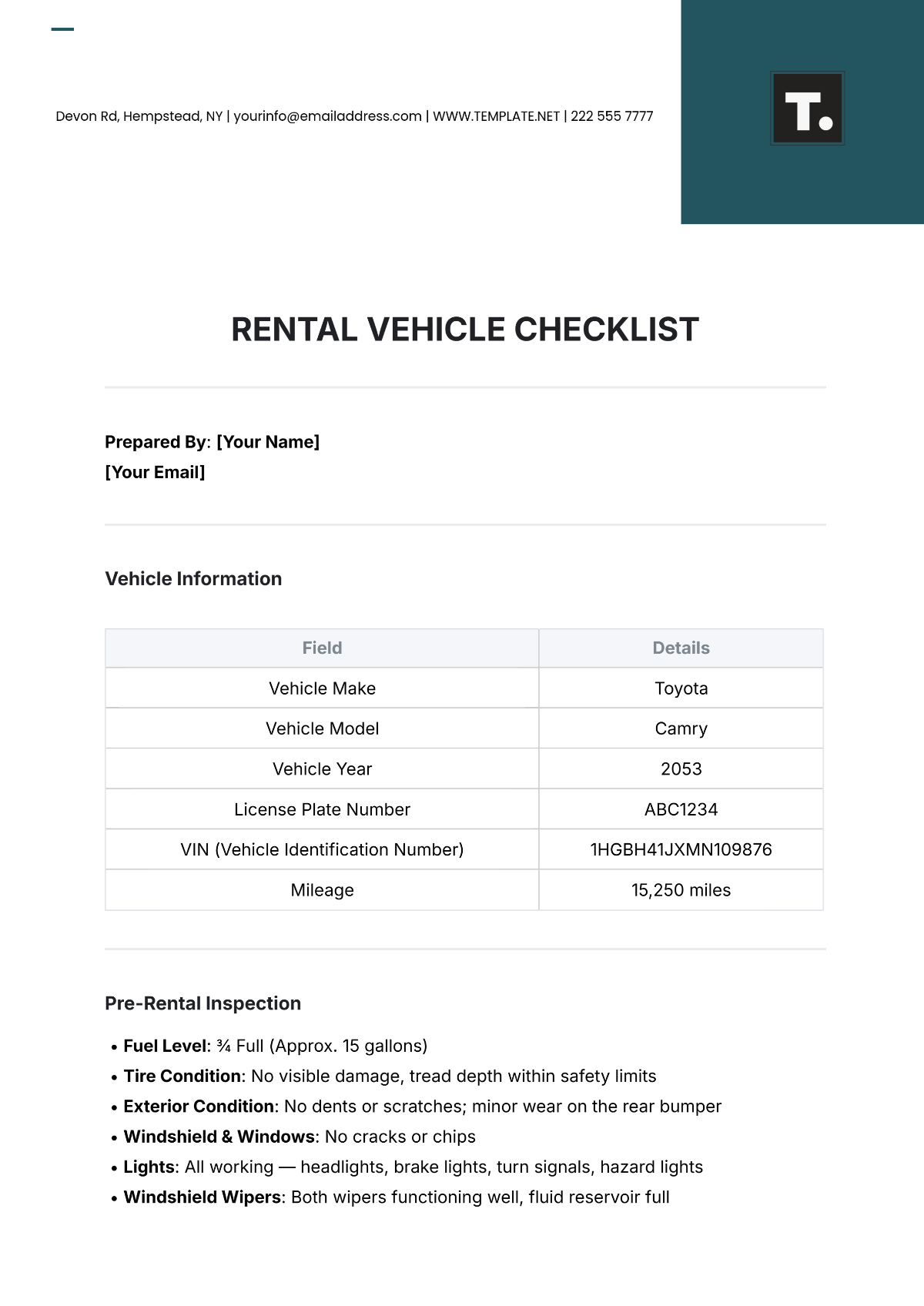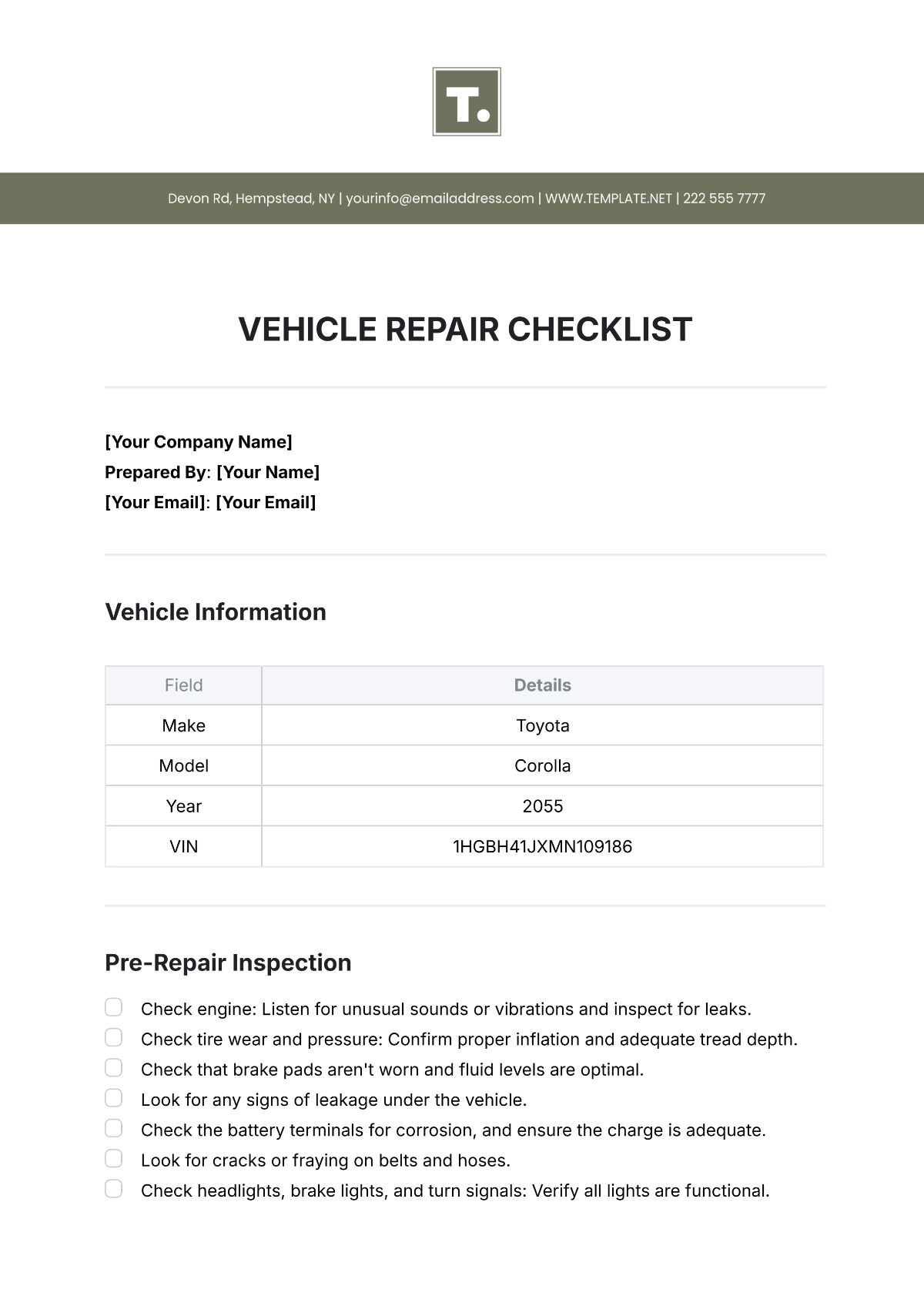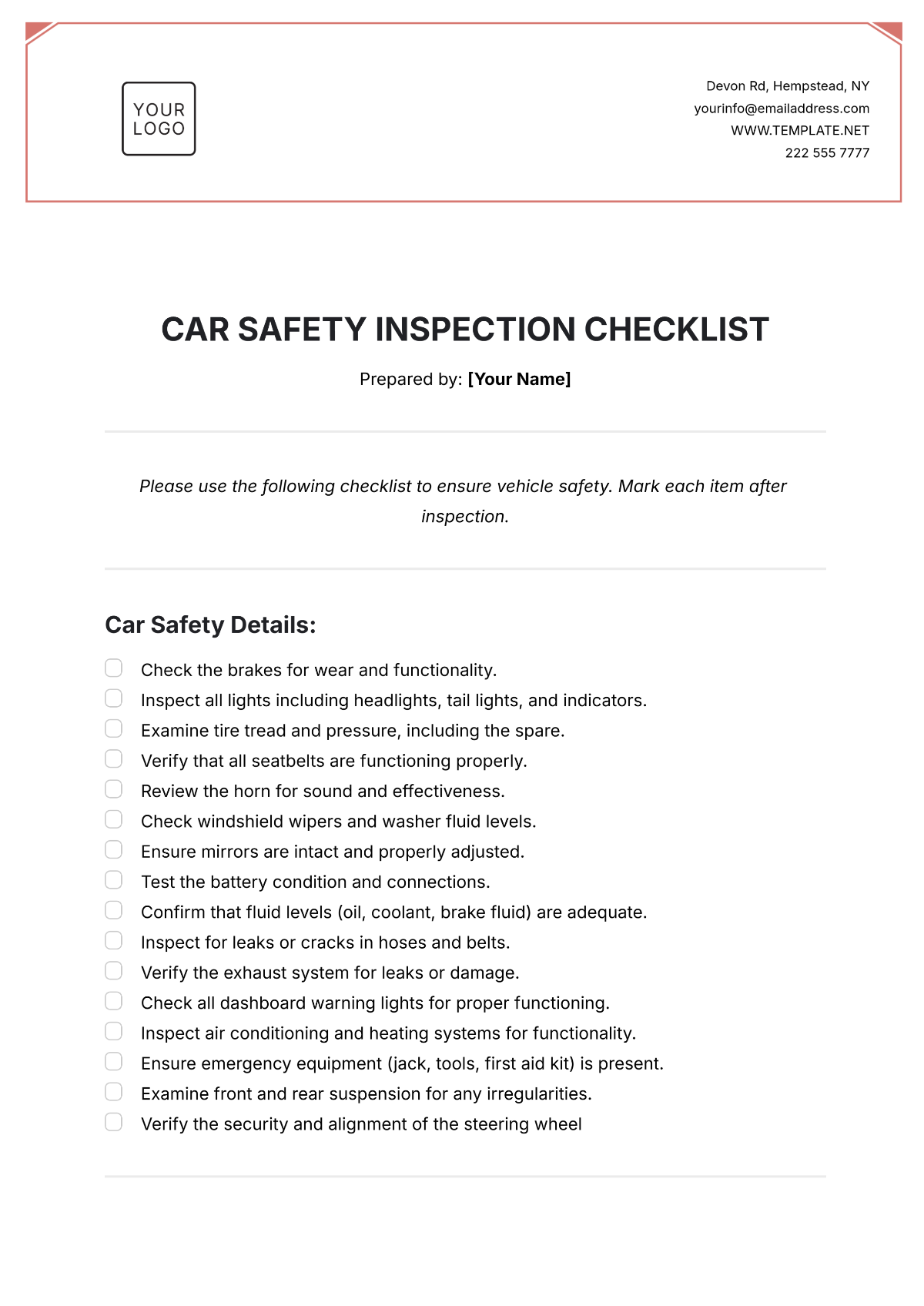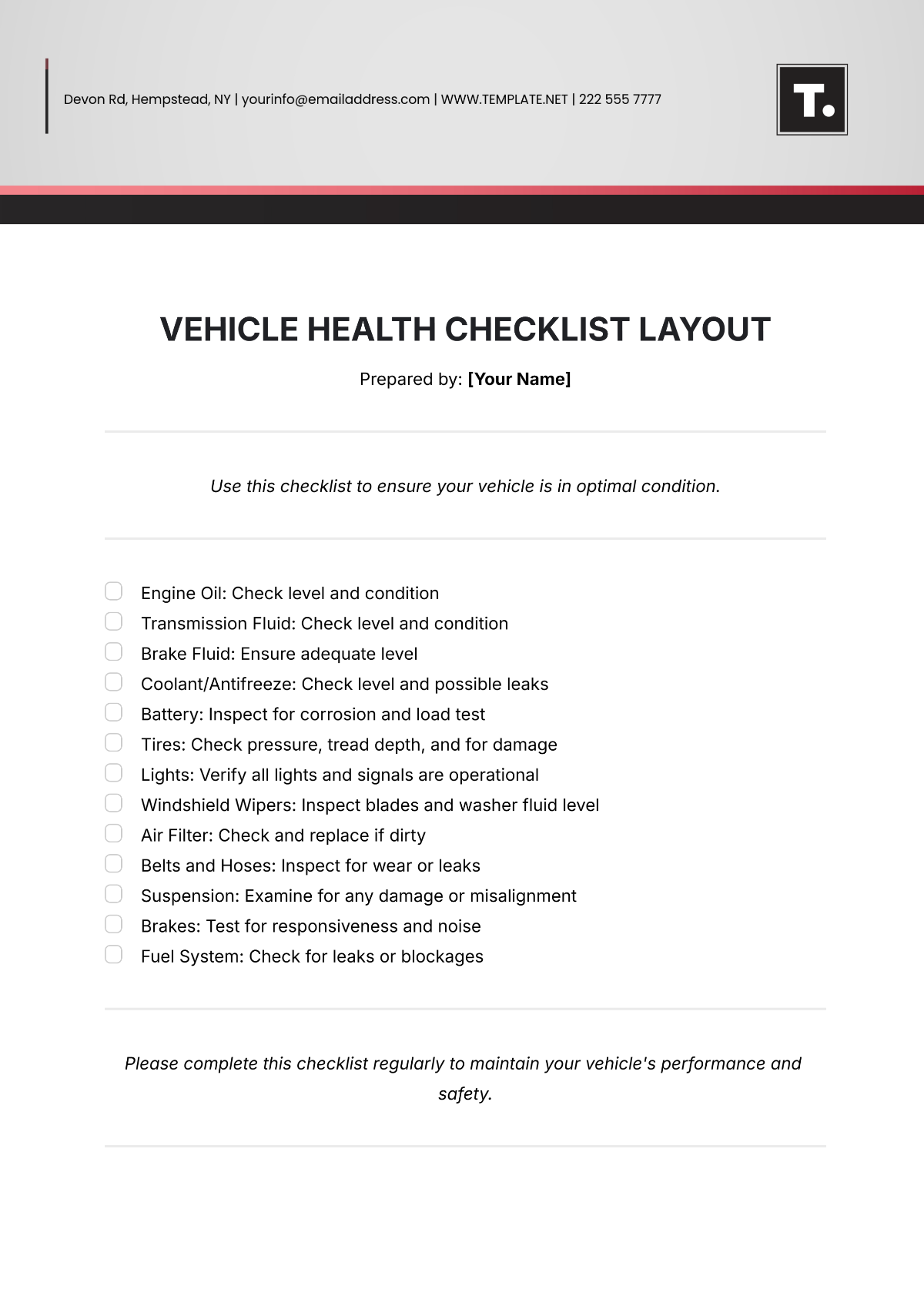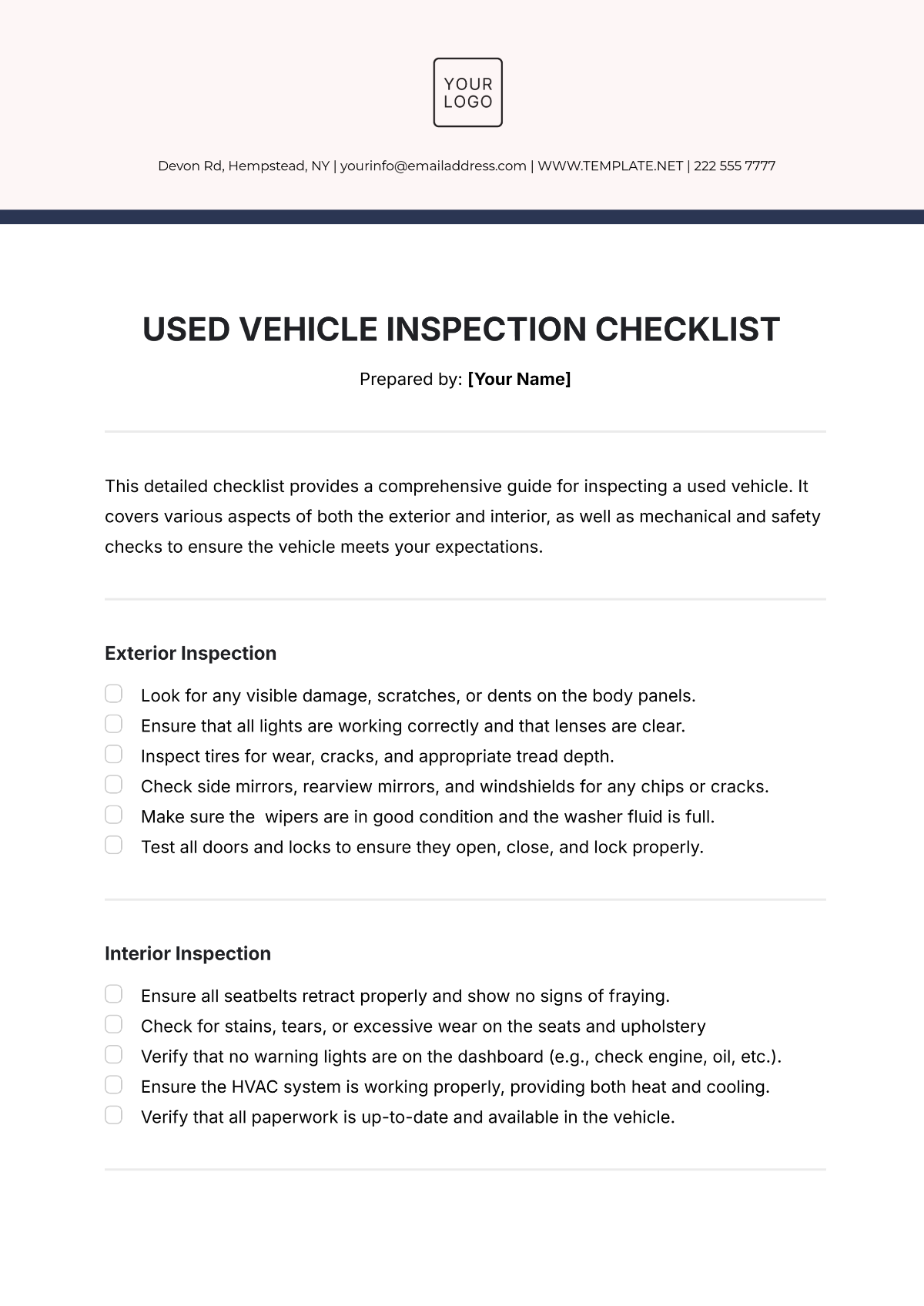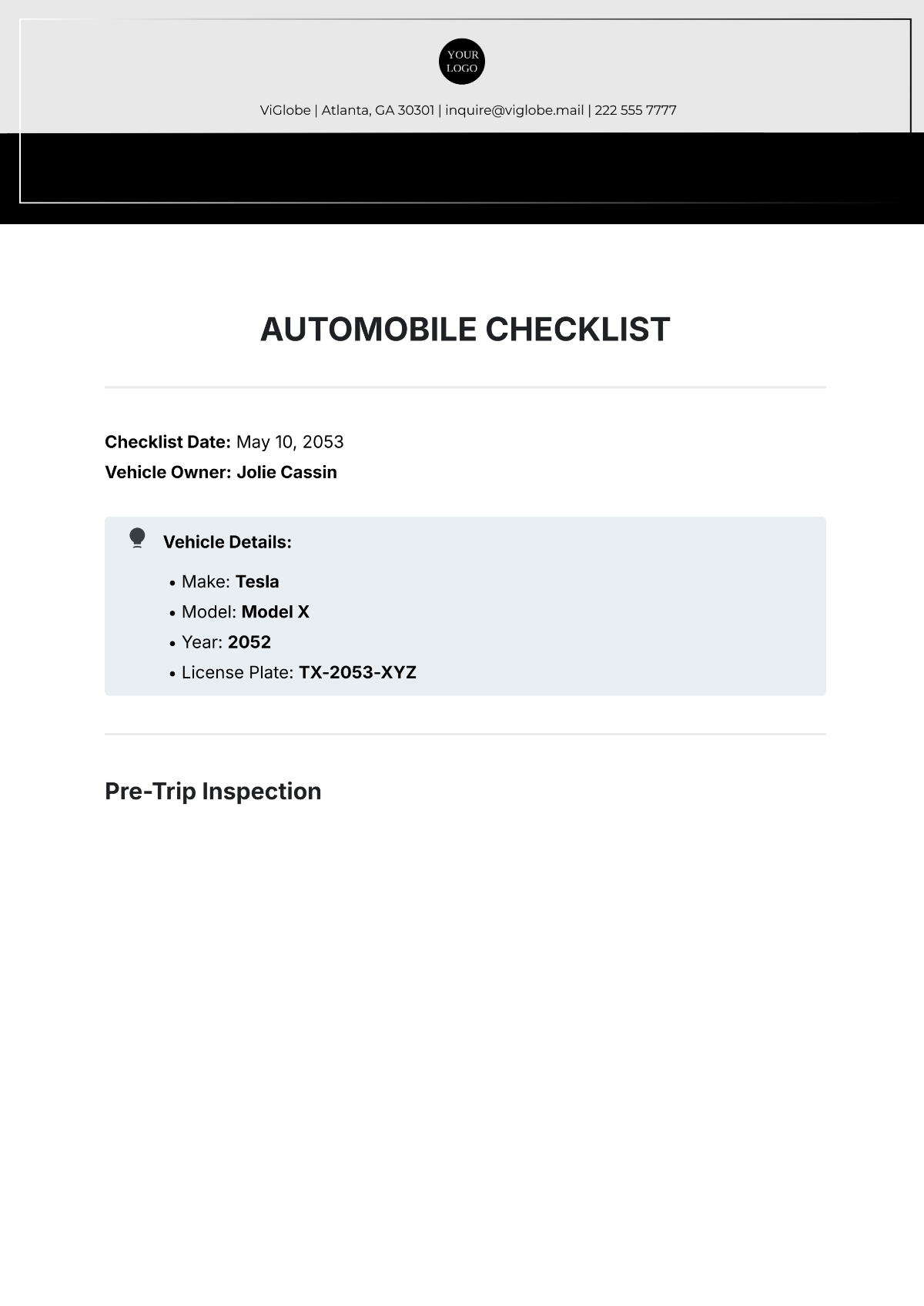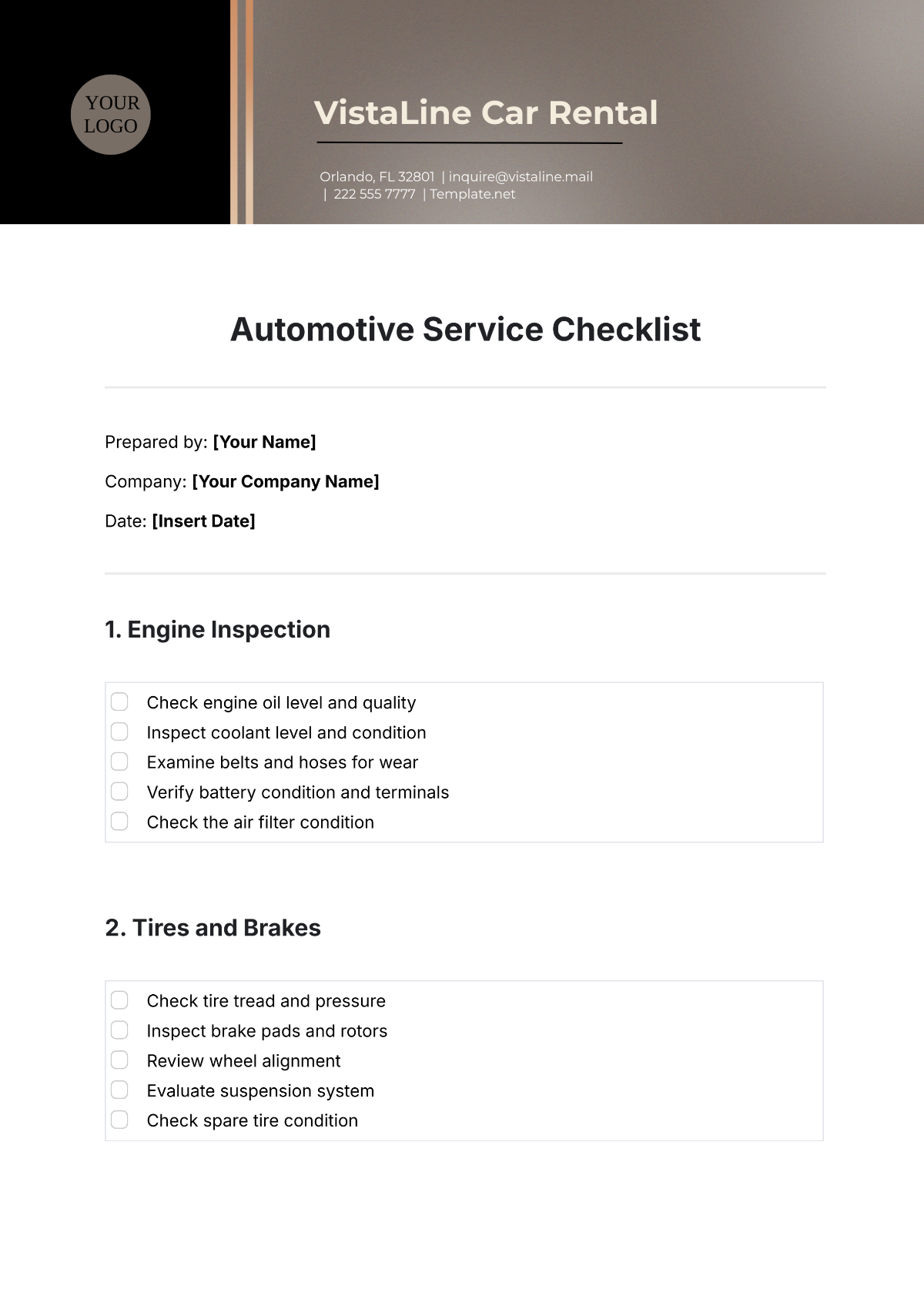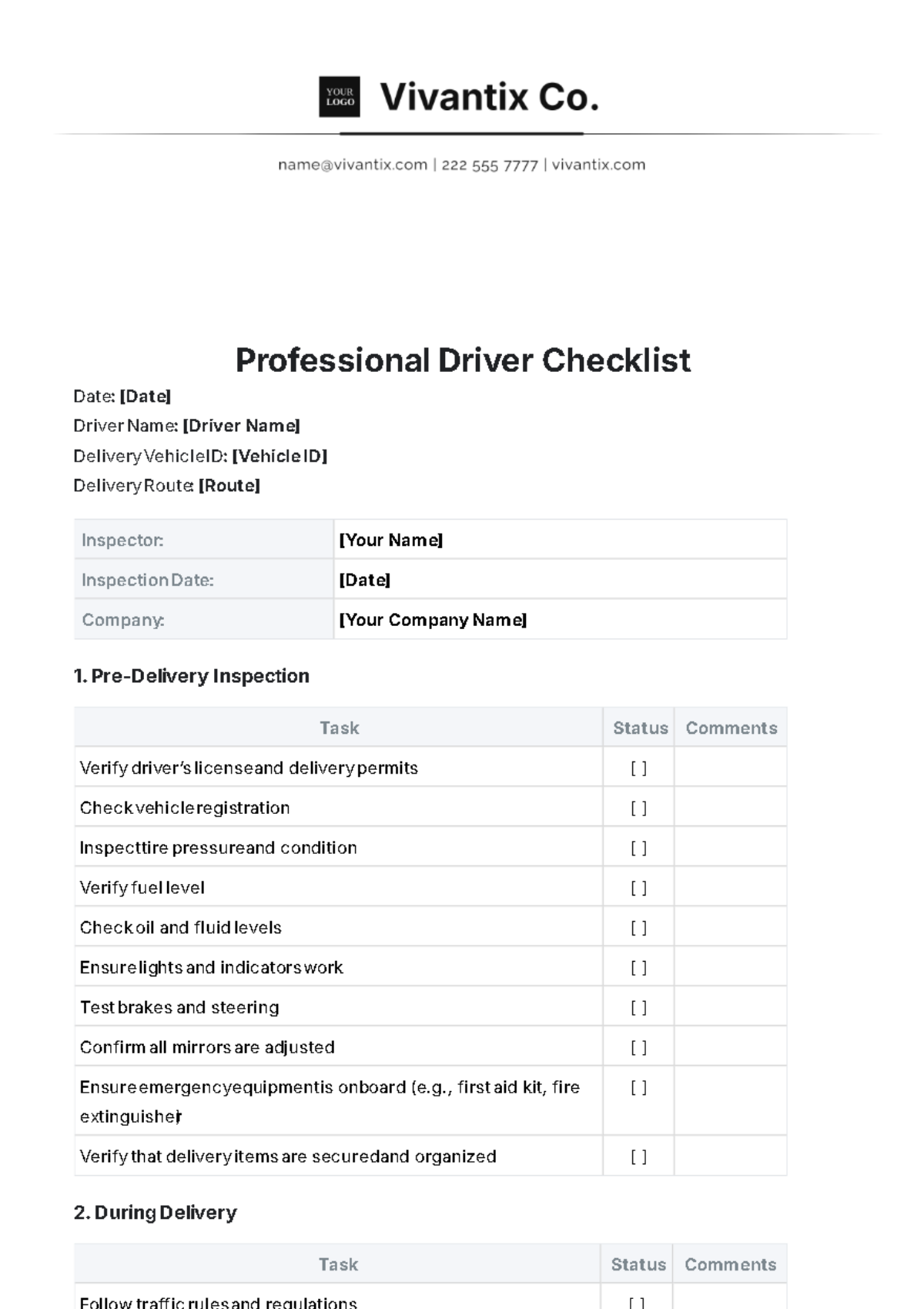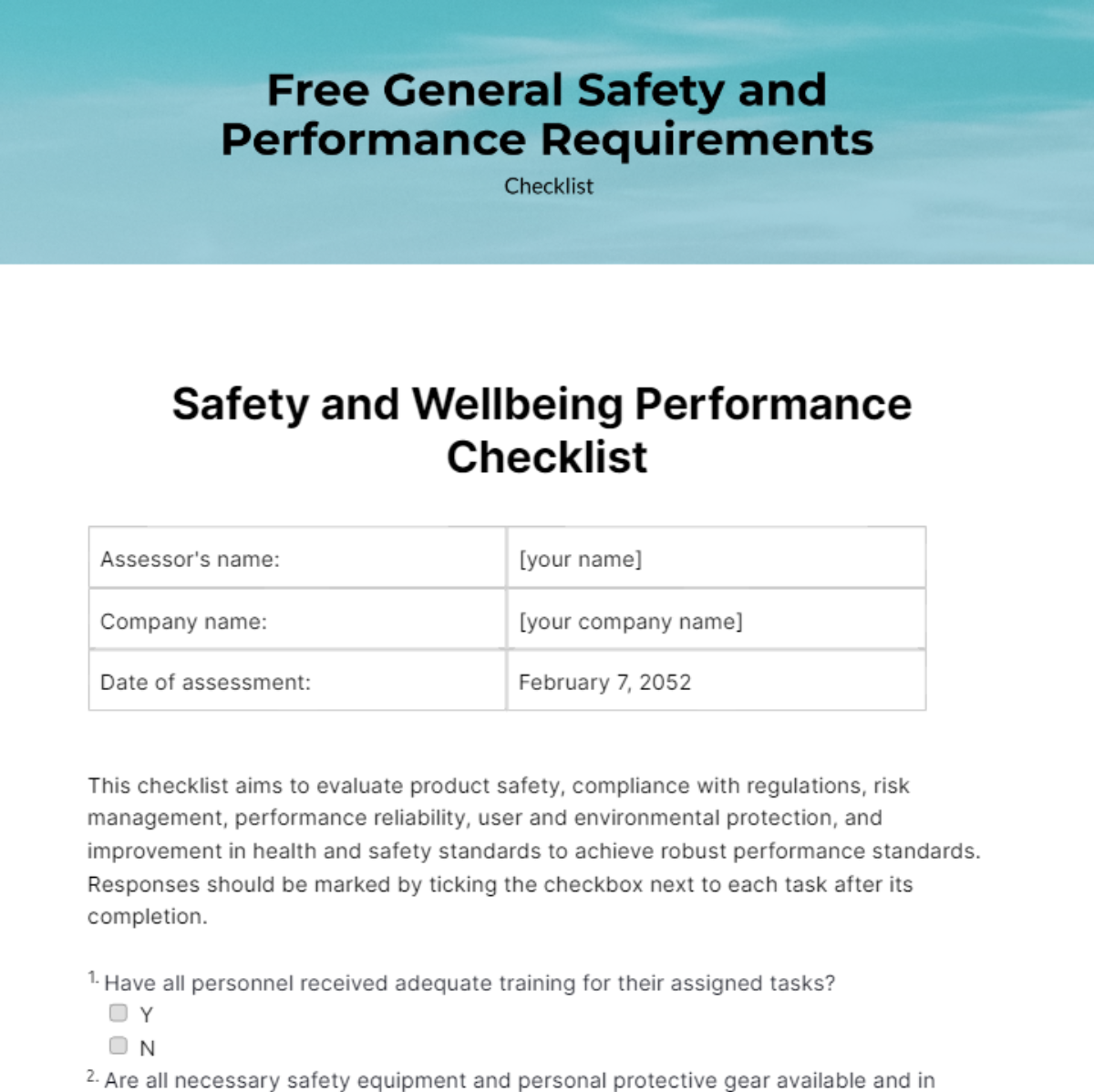MOTOR VEHICLE CHECKLIST
Use this detailed checklist to ensure your vehicle is in optimal condition. Regular inspections promote safety and prolong the life of your vehicle.
Exterior Inspection
Check for body damage, dents, and scratches.
Inspect headlights, brake lights, turn signals, and hazard lights.
Check tire condition, tread depth, and tire pressure.
Inspect mirrors and windshield for cracks or damage.
Check windshield wipers and washer fluid level.
Inspect doors and locks for proper functionality.
Interior Inspection
Check seatbelts for functionality and signs of wear.
Inspect the condition of seats, upholstery, and floor mats.
Ensure that dashboard warning lights are functioning properly.
Test heating, ventilation, and air conditioning (HVAC) systems.
Verify that all necessary documents (insurance, registration, etc.) are current.
Mechanical Inspection
Check engine oil level and condition.
Inspect brake fluid, coolant, and other fluid levels.
Check battery condition and terminals for corrosion.
Test horn functionality.
Test brakes, including parking brakes.
Check steering and suspension components for signs of wear or damage.
Safety Equipment
Ensure that the first aid kit and fire extinguisher are present and accessible.
Check for the presence of warning triangles or flares.
Inspect emergency exits and safety hammers (if applicable).
Functional Tests
Test horn functionality.
Test windshield wipers and washer fluid.
Test brakes, including parking brakes.
Test turn signals, hazard lights, and headlights.
Additional Checks
Check for any leaks or fluid drips under the vehicle.
Verify that all necessary tools and spare parts are available in the vehicle.
Check the cleanliness of the vehicle's interior and exterior.
Contact Information
Name: [Your Name]
Email: [Your Email]
By following this checklist, you can ensure your vehicle is safe, reliable, and in excellent condition.
